

MTCA/AMC
MTCA (also referred to as µTCA or MicroTCA) is a derivative of the well-known industrial standard ATCA.
For operation in an ATCA chassis, AMC payload boards must be mounted on carrier cards, then are inserted into the ATCA backplane. Beyond their carrier functions, these cards serve moreover as power supply and management/switching entities for the AMCs.
The basic idea of MTCA is now combining the extensive knowledge and practices developed with ATCA with the advantages of a smaller form factor.
Thus, an MTCA chassis provides a backplane, that directly accepts AMCs without the need for an additional carrier. Separate Power Modules, which can be set up in various redundant configurations, are now in charge for power supply. Management and switching of the entire MTAC system is performed by one or two (redundant) MCHs; the name MicroTCA Carrier Hub refers to its roots in the ATCA world.
Benefits of MTCA are hot-swappable devices, failure detections and isolation, redundancy, power budgeting, cooling management, and many more. The standard offers various options of high-speed communication, such as PCIe, GbE, XAUI, and SRIO.
Consequently, MTCA is both: a system and a board level standard covering all aspects i.e., form factors and topologies, systems and board management, Cooling Units, and Power Modules.
Originally designed to meet the demands of (tele-)communication, MTCA today is also deployed in medical area, energy, defense&aerospace, automation, industrial controls, transportation, test&measurement, and research.
ATCA, AMC, and MTCA are open standards specified by the PICMG.
Products
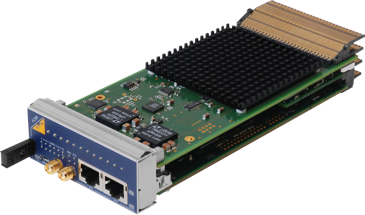
NAT-MCH
- Power and system management for up to 12 AMCs, 2 CUs, and 4 PMs
- 40G Ethernet towards the backplane and front uplink (HUB-Module required)
- PCIe Gen3 towards the backplane and front uplink (HUB-Module required)
- Various clocking features (CLK-Module required)
- Choice of interfaces towards the front panel
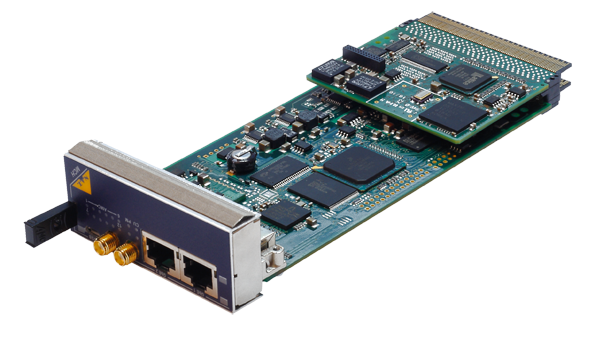
NAT-MCH-CLK
- Support for AMC clocks CLK1, CLK2, and CLK3 for up to 12 AMCs, Update clock for 2nd NAT-MCH
- Variable switching and distribution of clocks by on-board FPGA
- Stratum 3 type PLL clock source for telecom applications
- Reference for Stratum 3 PLL can be either CLK1 or CLK2 from any AMC, or sourced from the front panel reference clock I/O
- PCI Express compliant clock signal can be distributed via CLK3 to all 12 AMCs
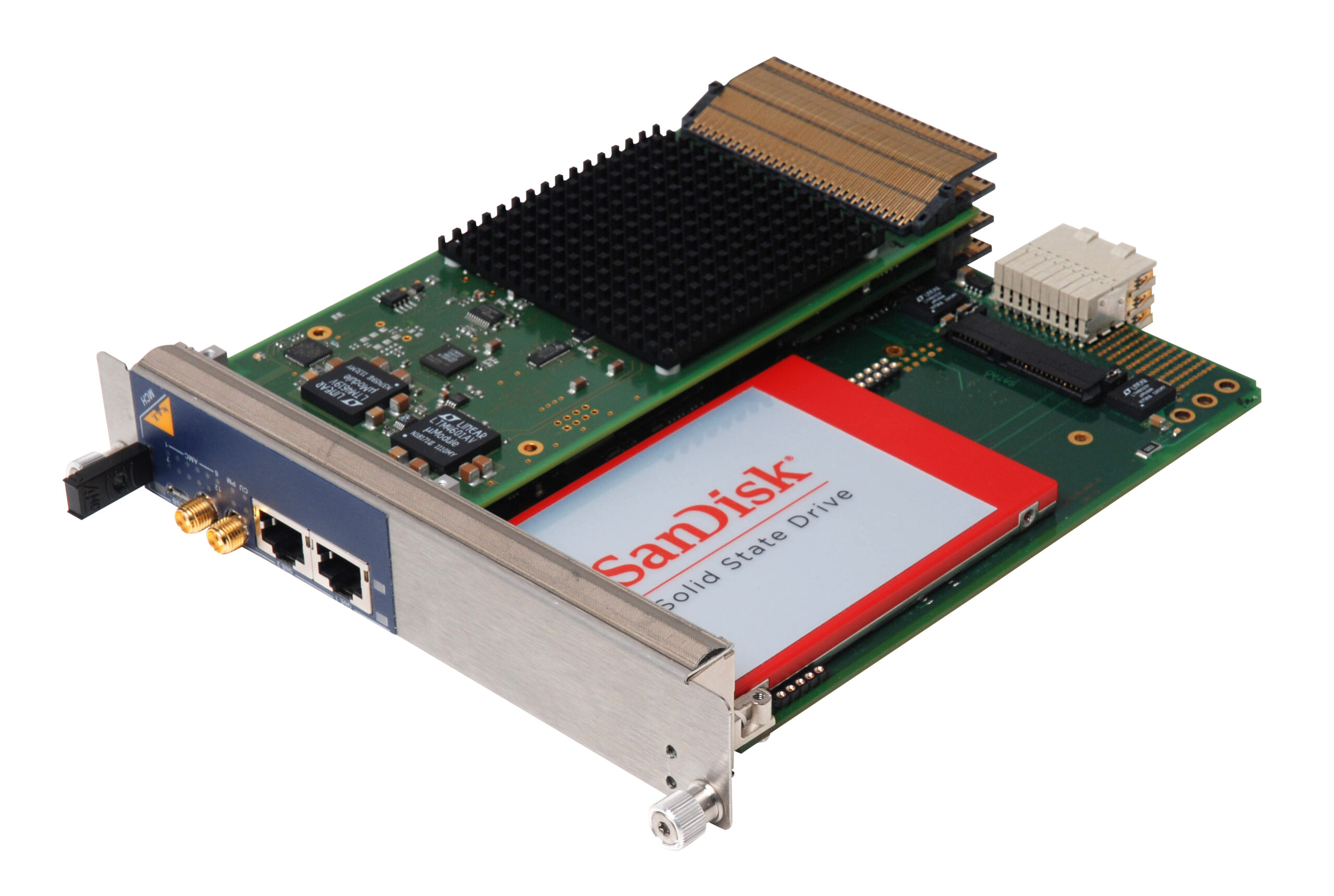
NAT-MCH-PCIex48
- PCIe Gen3 x1 or x4 link to each of the 12 AMCs in an MTCA system
- High bandwidth, non-blocking interconnections for various applications
- Configuration option for Spread Spectrum Clock (SSC) or 100MHz fixed PCIe clock
- PCIe clock can be provided as Fabric Clock (FCLKA) to the AMC slots
- Clustering support for 6 independent clusters with one configurable non-transparent upstream port
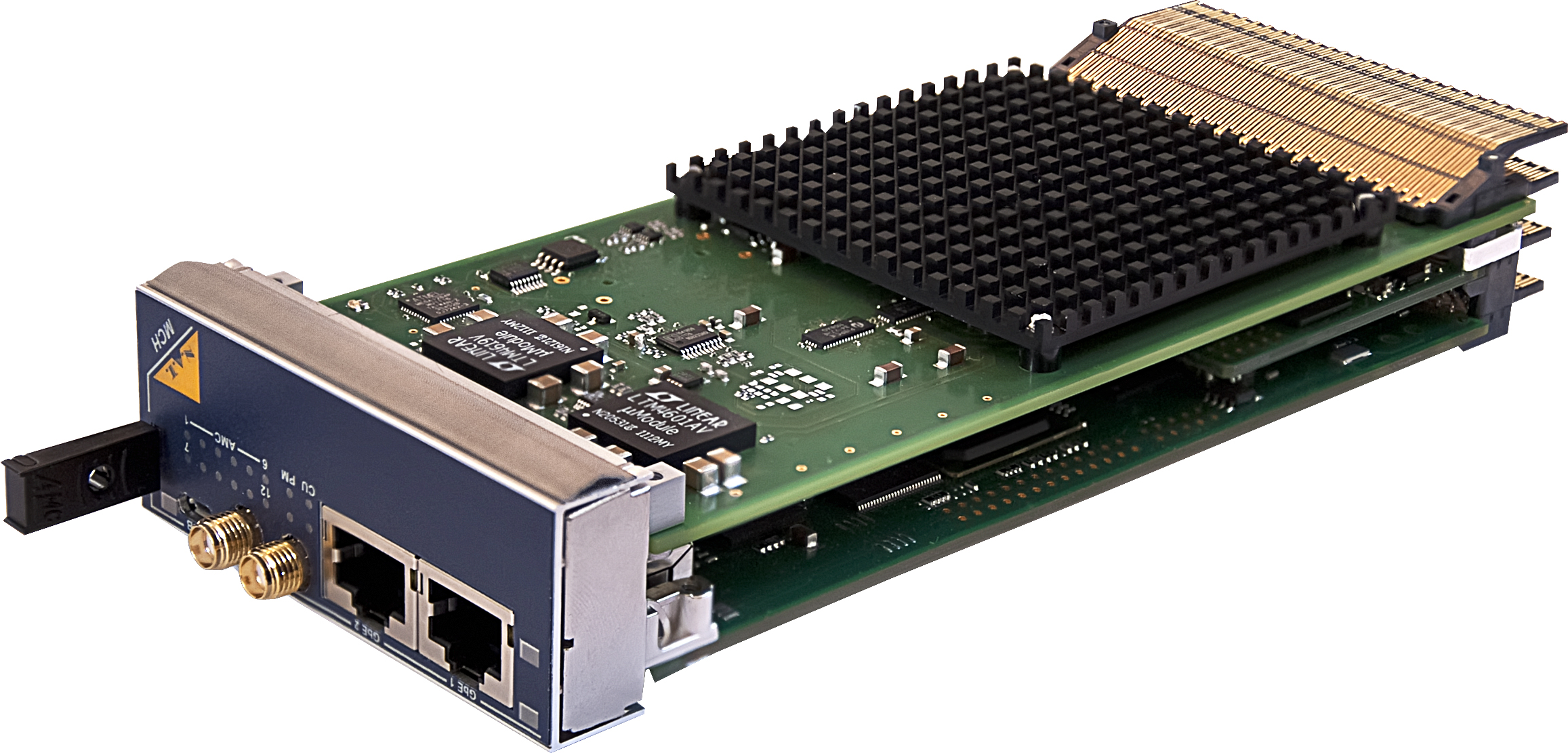
NAT-MCH-SRIO
- Flexible port width of x1 and x4 with 20 Gb/s bandwidth per port (x4)
- Operating baud rate per data lane 1.25 Gbaud, 2.5 Gbaud, 3.125 Gbaud, 5.0 Gbaud, or 6.25 Gbaud
- Low latency packet transport with transport layer error management
- Power down modes and routing capabilities per port
- Decentralised communication model: peer-to-peer
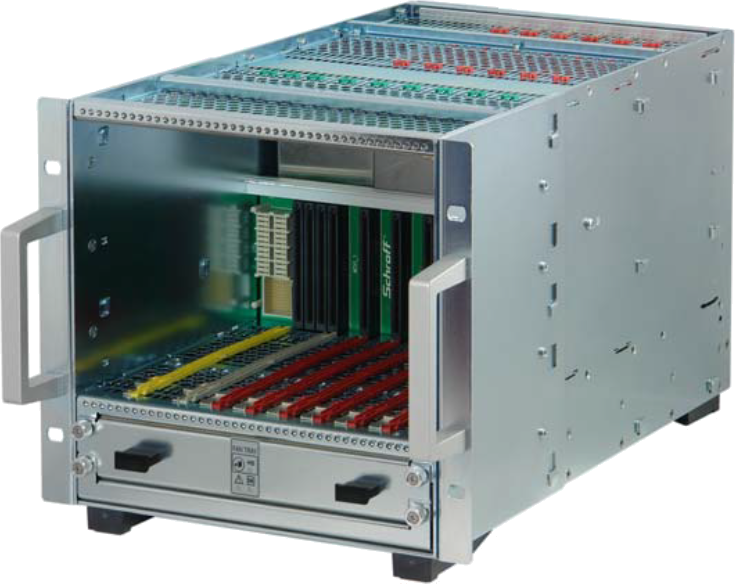
NATIVE-C5
- Form factor: 5U, 0.5x 19”
- 1 double full-size NAT-MCH
- 1 double full-size NAT-PM
- 6 double mid-size + 1 double full-size AMCs
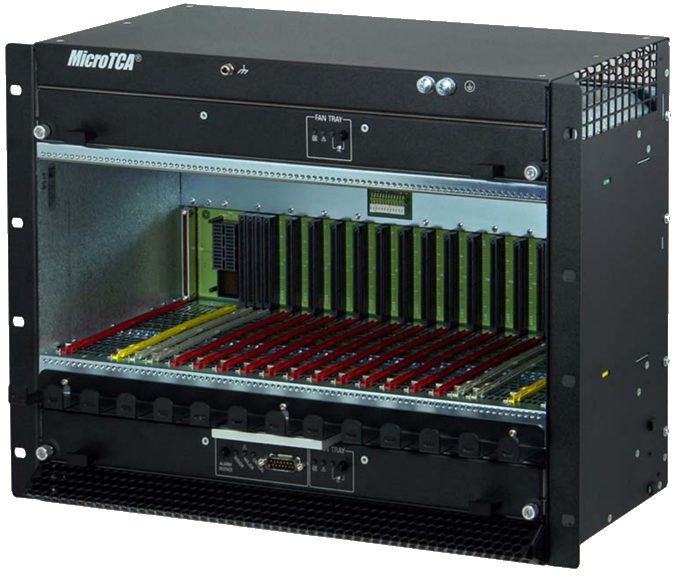
NATIVE-C8
- Form factor: 8U, 19”
- 2 double full-size NAT-MCH
- 3 double full-size NAT-PM
- 1 double compact-size JSM module
- 10 single mid-size or 12 double mid-size AMCs

NATIVE-R5
- Form factor: 5U, 0.5x 19”
- 1 double full-size NAT-MCH with NAT-MCH-RTM
- 1 double full-size NAT-PM
- 6 double mid-size + 1 double full-size AMCs
- 6 double mid-size + 1 double full-size µRTMs
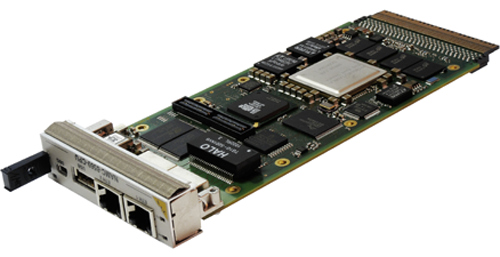
NAMC-8569-CPU
- NXP Freescale PowerQUICC III MPC8569 processor
- Lattice ECP3 FPGA
- 2x GbE, USB/RS232, and optional user defined I/O towards front panel
- 2x GbE, SRIO, and PCIe towards backplane
- TDM and iTDM support
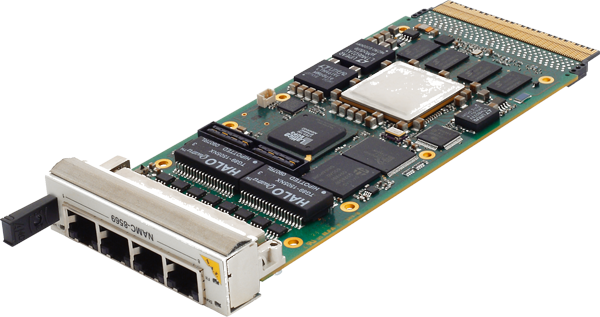
NAMC-8569-8E1/T1
- NXP Freescale PowerQUICC III MPC8569 processor
- e500 PowerPC
- DS26518 framer for 8x E1/T1 line interfaces via RJ45 towards front panel
- 2x GbE, SRIO, and PCIe towards backplane
- TDM and iTDM support
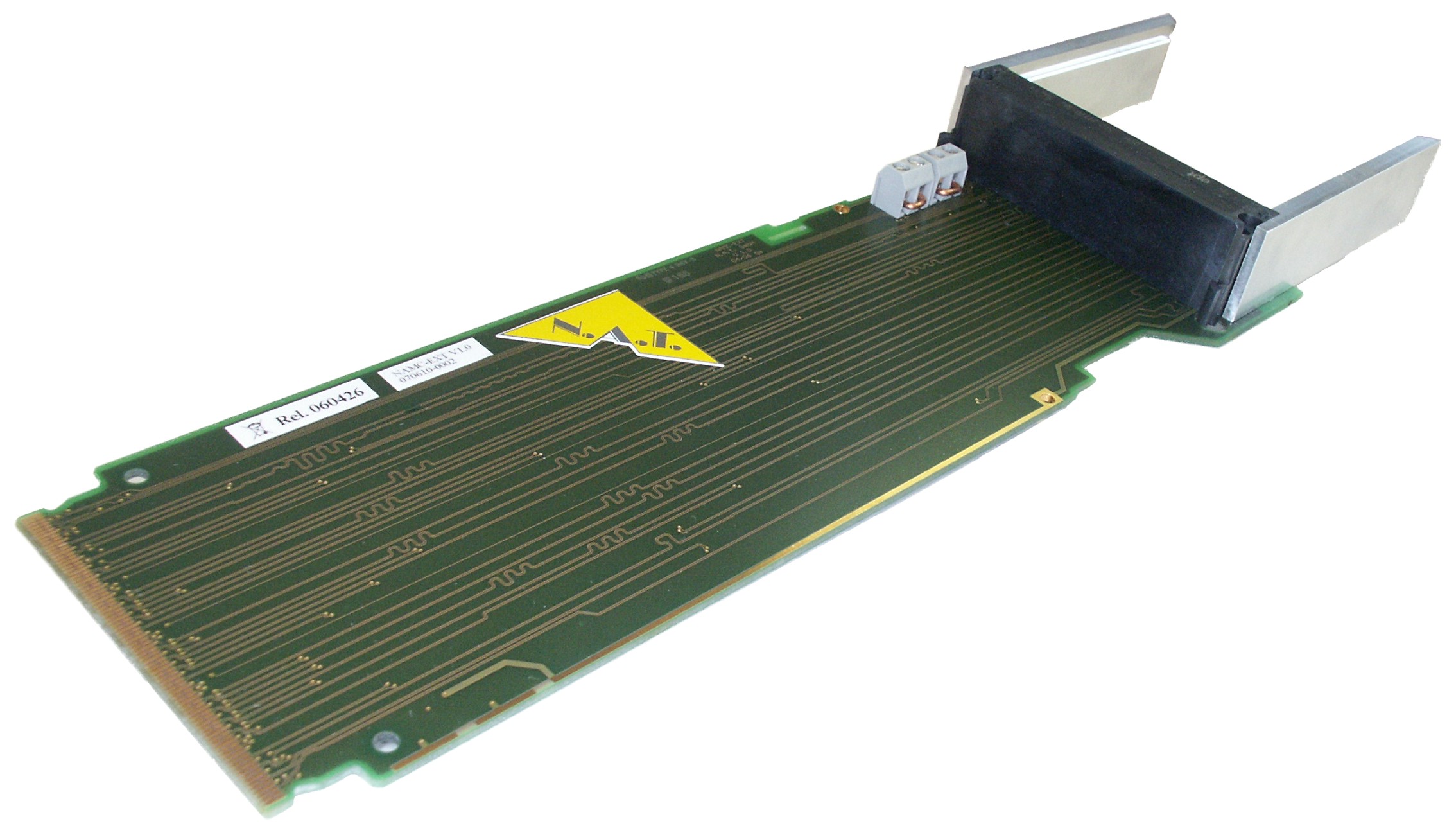
NAMC-EXT
- Easy access to both PCB sides of a single-width AMC from outside the chassis
- Voltage and current measurement
- Test points for AMC and JTAG signals
- All fabrics specified by AMC.x and MTCA connected through to front
- Optional 3.3V power supply for standalone operation
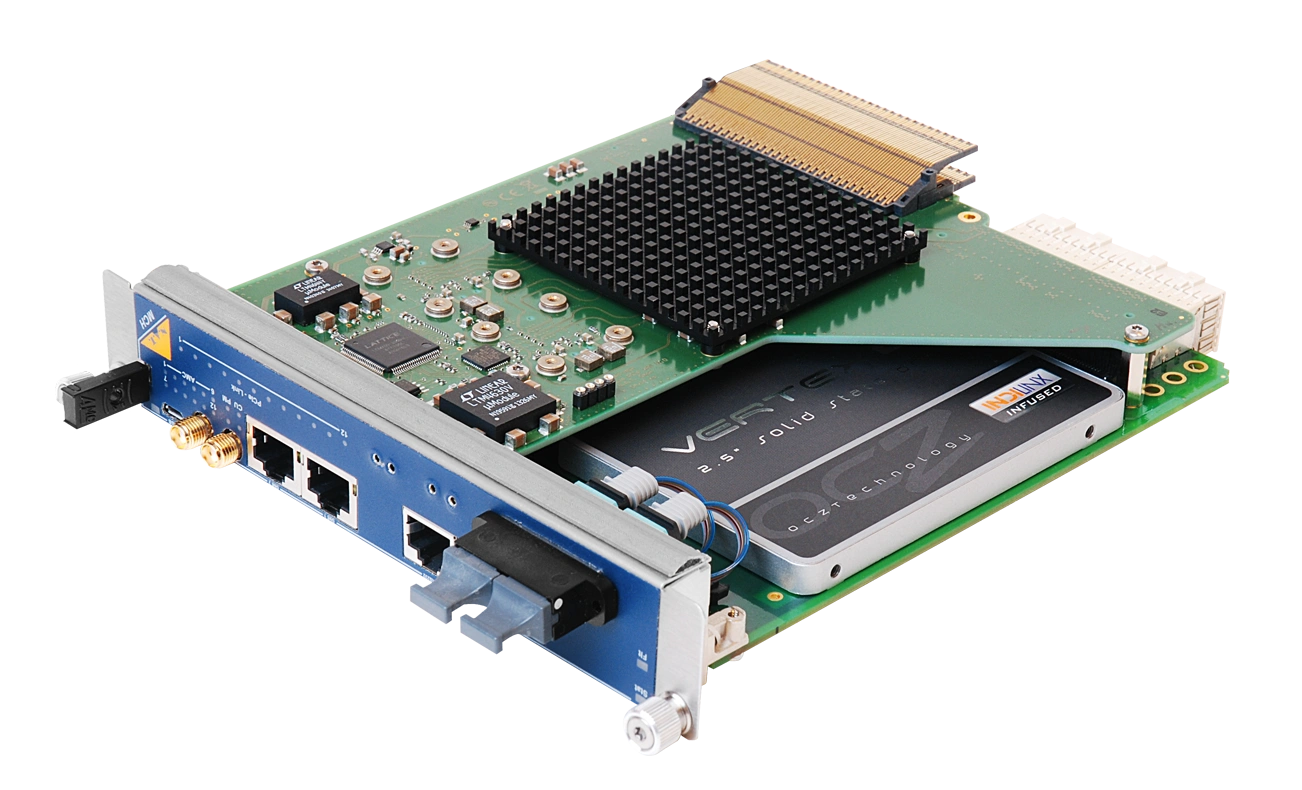
NAT-MCH-PHYS80
- Designated for high demands regarding bandwidth, timing, and precision
- Specialized NAT-MCH-CLK-PHYS mezzanine module
- Power and system management for up to 12 AMCs, 2 CUs, and 4 PMs
- PCIe Gen3 x16 data switching towards backplane and front uplink
- RTM with COMExpress Support

NAT-MCH-CLK-PHYS
- Two direct low-jitter multiplexer connections with low latency
- CLK1 and CLK2 connections for all 12 AMC multiplexed by one device
- PCIe reference clock distribution for 12 AMCs via CLK3 (AMC.0 R2.0 – FCLKA)
- Variable switching and distribution of clocks by on-board FPGA
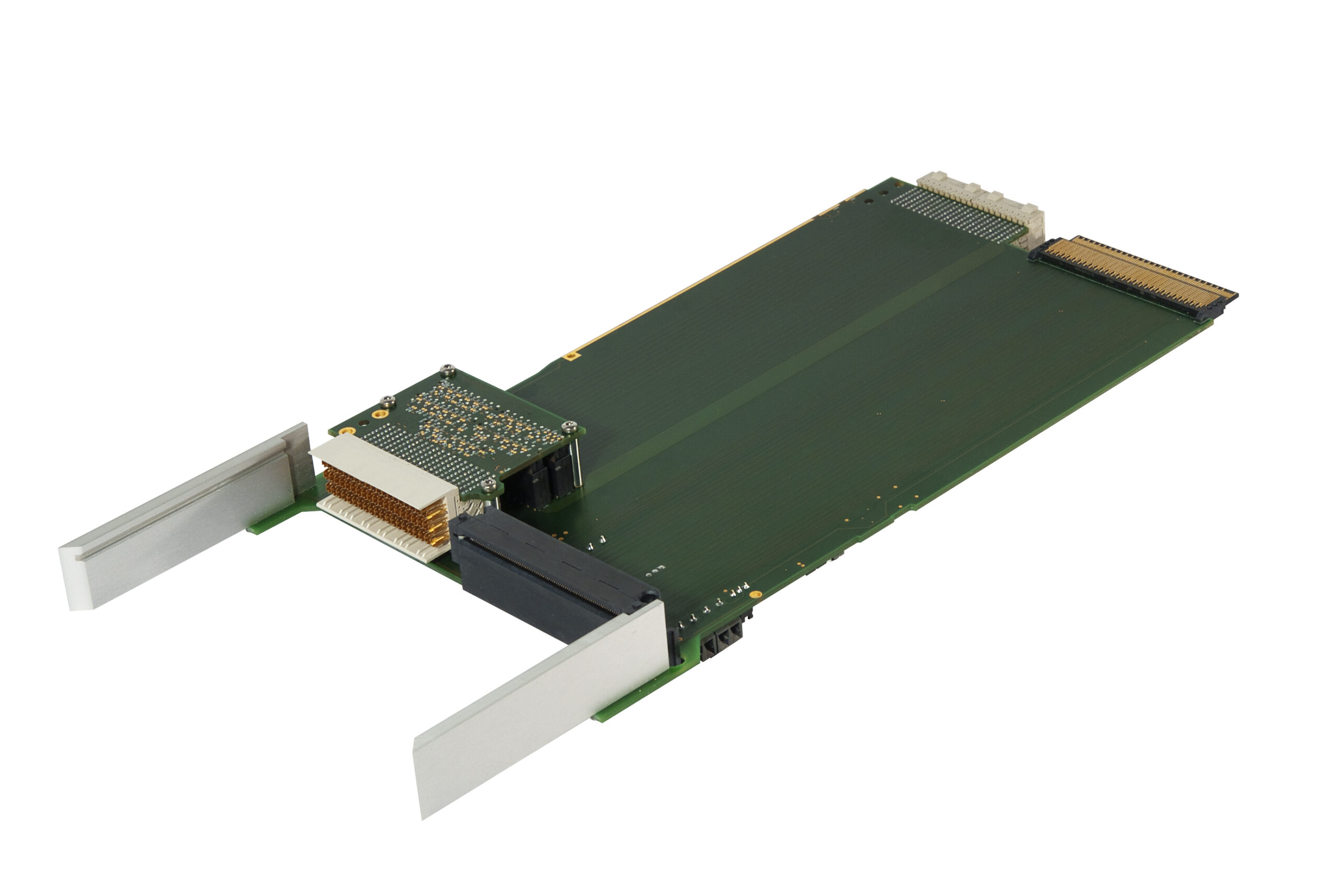
NAMC-EXT-RTM
- Easy access to both PCB sides of a double-width AMC/RTM from outside the chassis
- Voltage and current measurement
- Test points for AMC and JTAG signals
- All fabrics specified by AMC.x and additional I/O of MTCA.4 connected through to front
- Optional 3.3V power supply for standalone operation
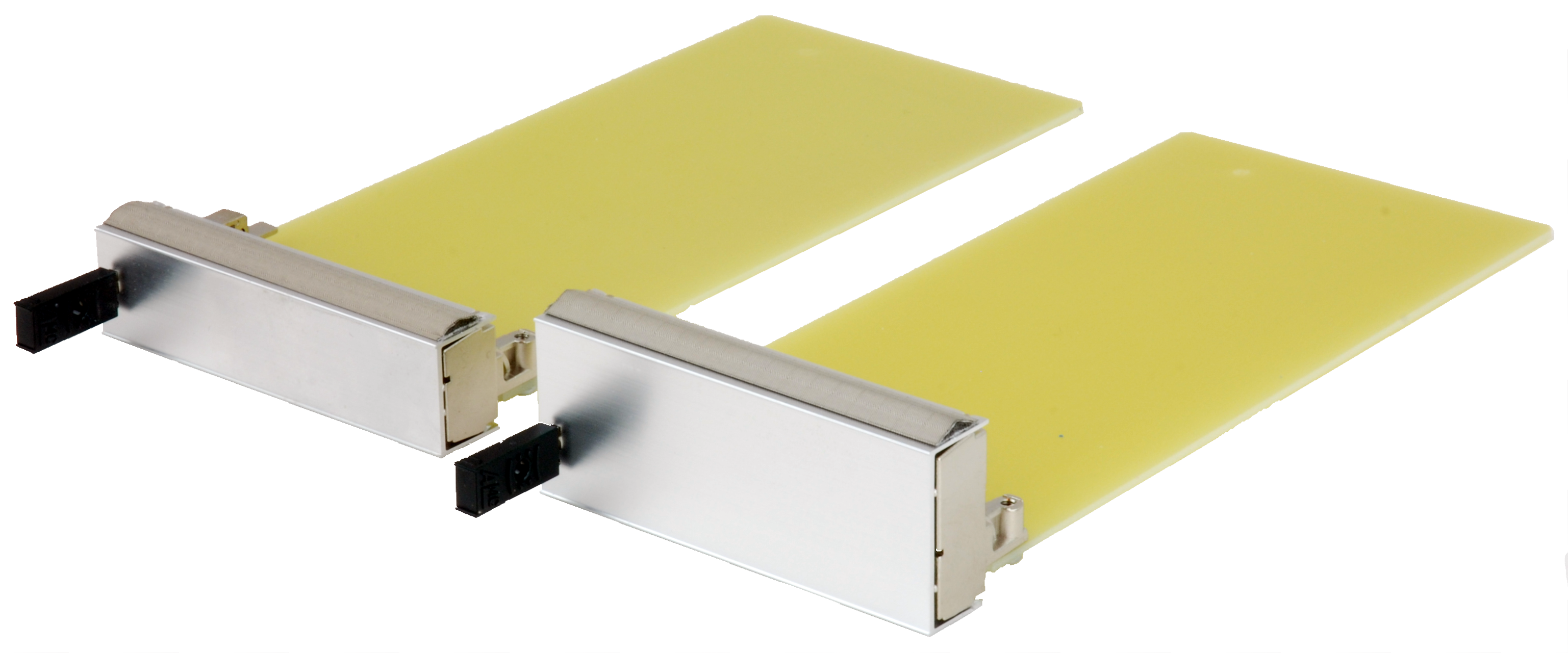
NAMC-Filler
- Optimizes airflow inside the chassis
- Ensures electromagnetic shielding
- Available in various form factors
- With or without air blockers

NAT-AMC-LM-ADV
- 8x FET thermal elements, independently configurable with 120W in total
- 4x resistor heating elements with 12W in total
- Atmel SAMV71 microcontroller for FET management
- Atmel ATxmega128 as MMC
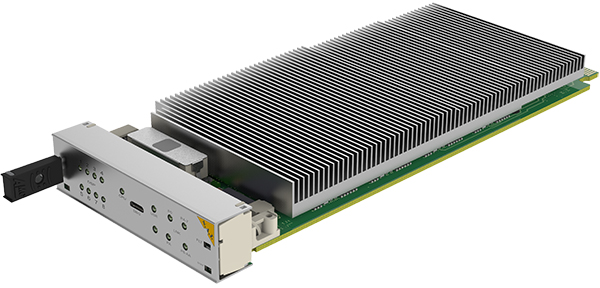
NAMC-ODSP-M
- Up to eight 24-core Octasic OCT2224M DSPs
- Xilinx Kintex-7 FPGA with iTDM-to-TDM controller
- Onboard managed Ethernet switch
- 2x GbE and 2x XAUI towards the backplane
- Including Octasic’s Vocallo media gateway software
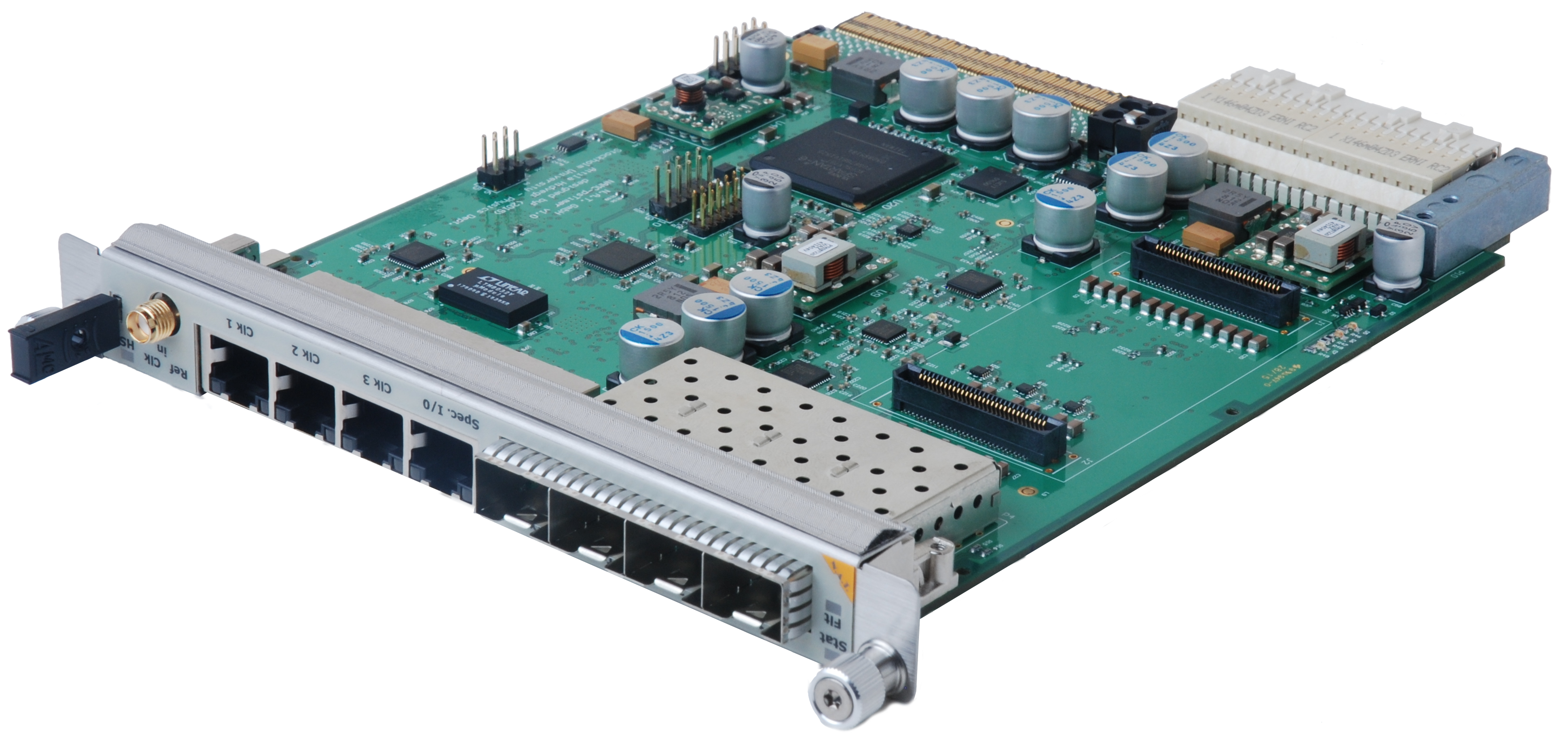
NAMC-psTimer
- Trigger synchronization with jitter of approx. 10ps
- Numerous programmable receiver outputs
- 2x trigger / 1x precision clock towards front panel as LVDS signals via RJ45
- Optional mezzanine and RTM for increased number of I/O
- Data word and table distribution via fiber links
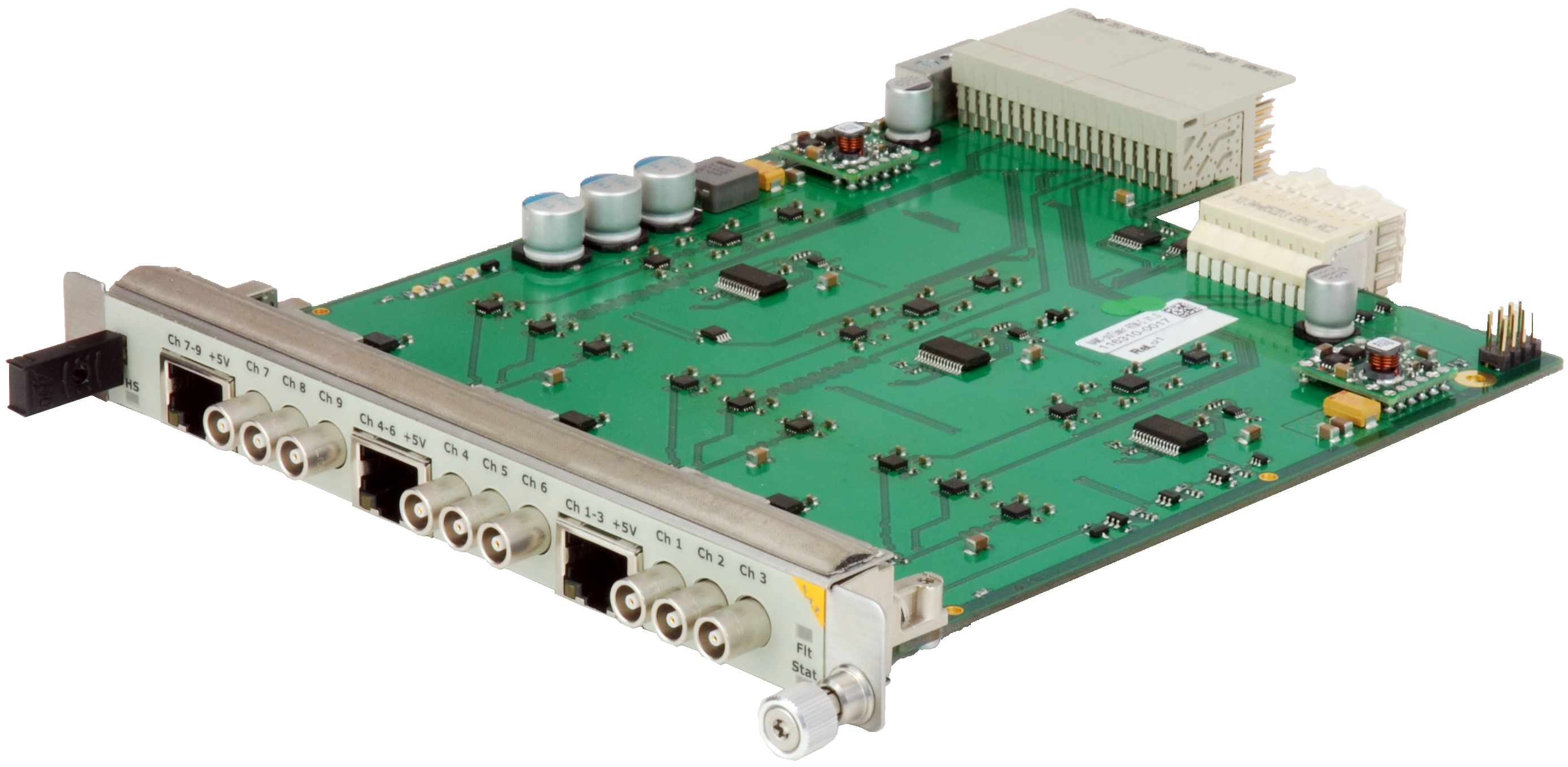
NAMC-psTimer-RTM
- RF-Trigger connection to RTM backplane
- Programmable delay line
- 3x RJ45 at Rear Panel for differential signal distribution
- 9x Lemo connectors at Rear Panel for single-ended signal distribution
- 3 channels with 5ps solution
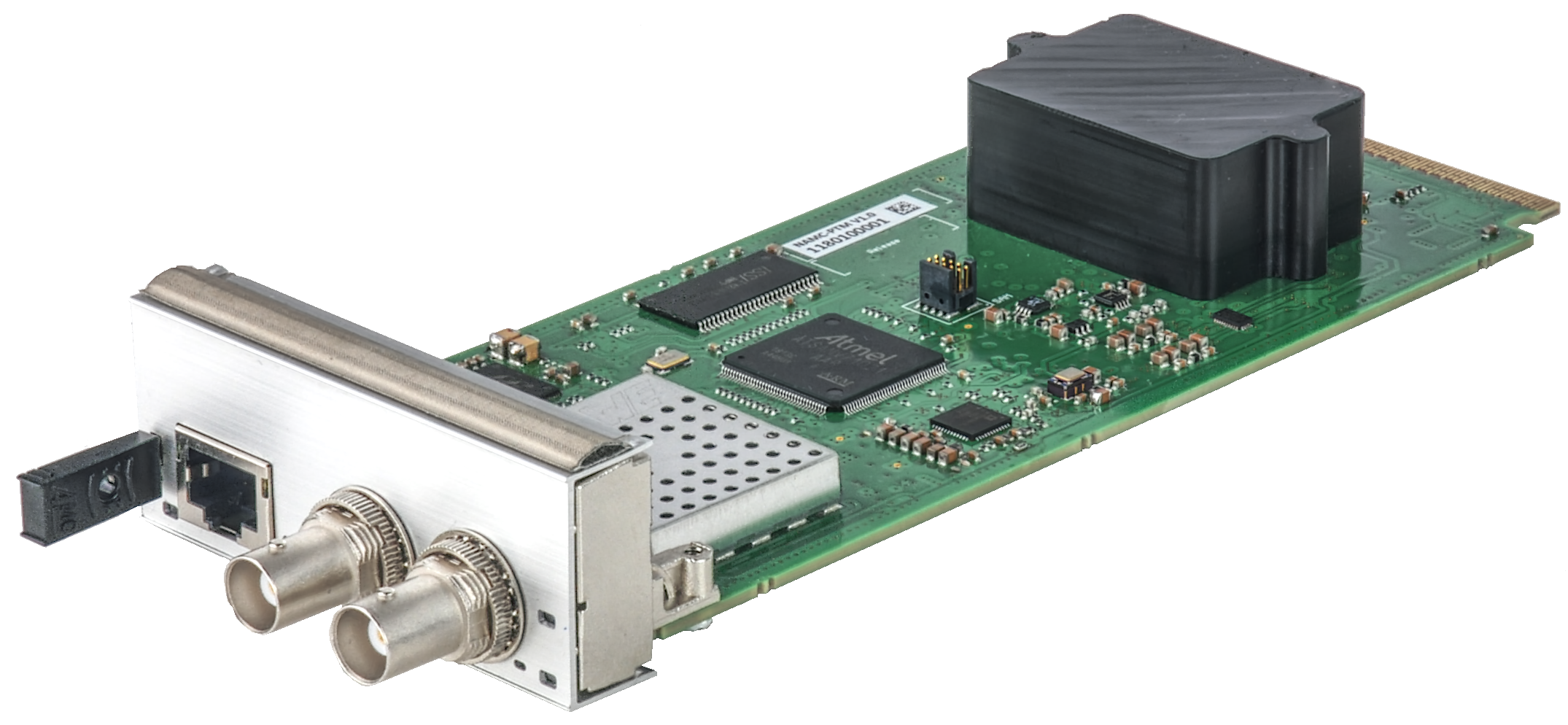
NAMC-PTM
- Features VCOCXO and VCTCXO
- Detection of internal or external clocking sources
- Quality rating of clocking signals
- Clock I/O at front panel via BNC connectors
- Operation in standard AMC- or dedicated PTM slot (if supported by Backplane)

NAT-MCH-PCIex80
- PCIe Gen3 x4 link to each of the 12 AMCs in an MTCA system
- Two PCIe Gen3 x8 or one x16 link(s) towards front panel uplink
- PCIe Gen3 x16 link to MCH-RTM
- Higher bandwidths to reduced number of AMC slots (if supported by backplane)
- Clustering support for four virtual PCIe clusters with up to four PCIe Root Complexes

NAT-MCH-HUB-E-40GX
- High performance, low latency, and robust Ethernet switching
- Optical front uplink up to 100G (assembly option)
- Backplane interconnect with up to 40G
- Mixture of 40G/10G infrastructure
- Combination of 1 up to 4 lanes and 2.5 and 10 Gbaud per lane per AMC slot
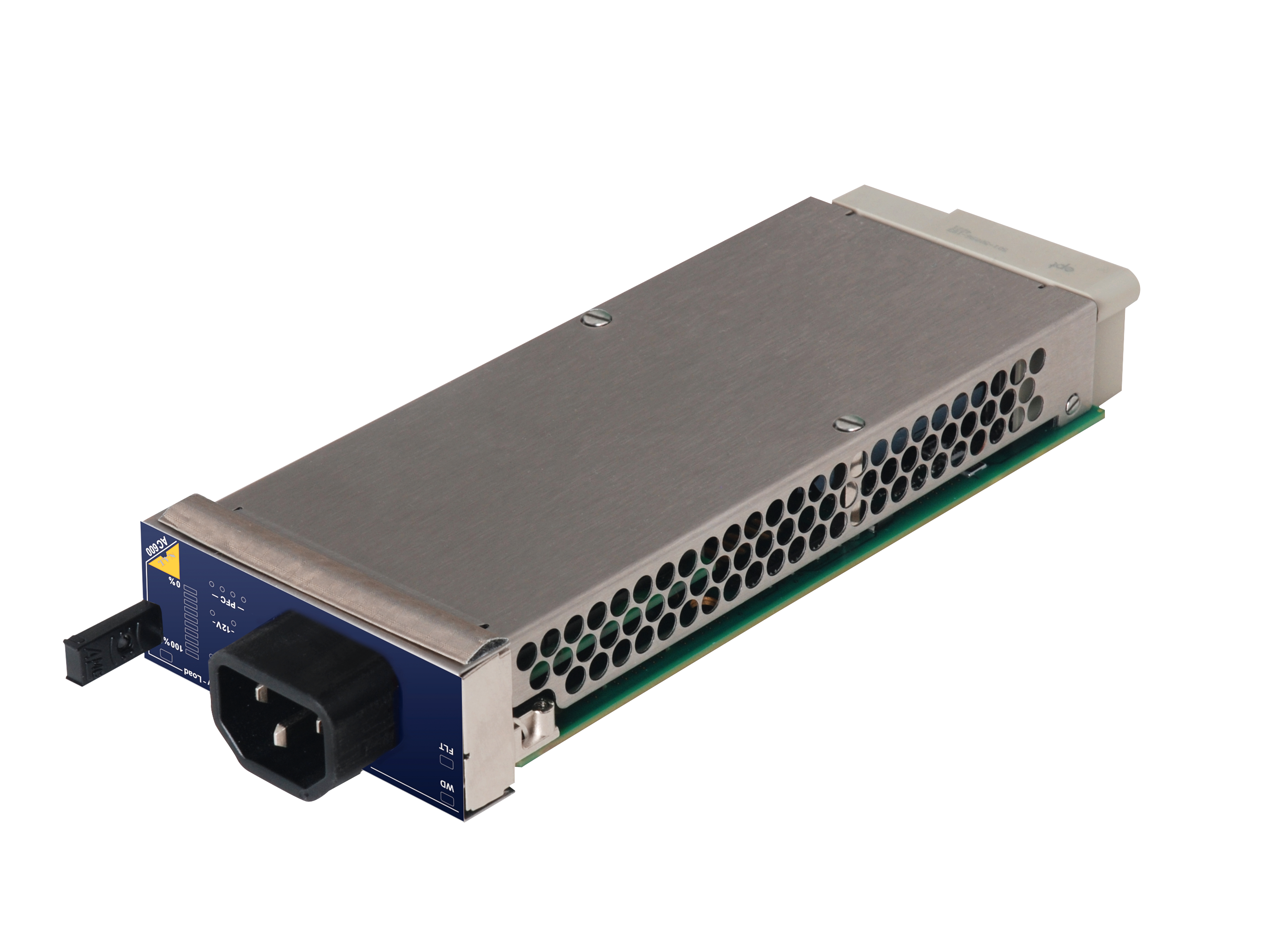
NAT-PM-AC600
- Single-width, full-size form factor
- 110-265VAC input (auto range) with self-locking power cord
- 600W management and payload power for up to 12 AMCs, 2 CUs, and 2 MCHs
- 12V @ 6.6A max. (80W) / 3.3V @ 180mA max.
- Support of N+1 and 2+2 redundancy
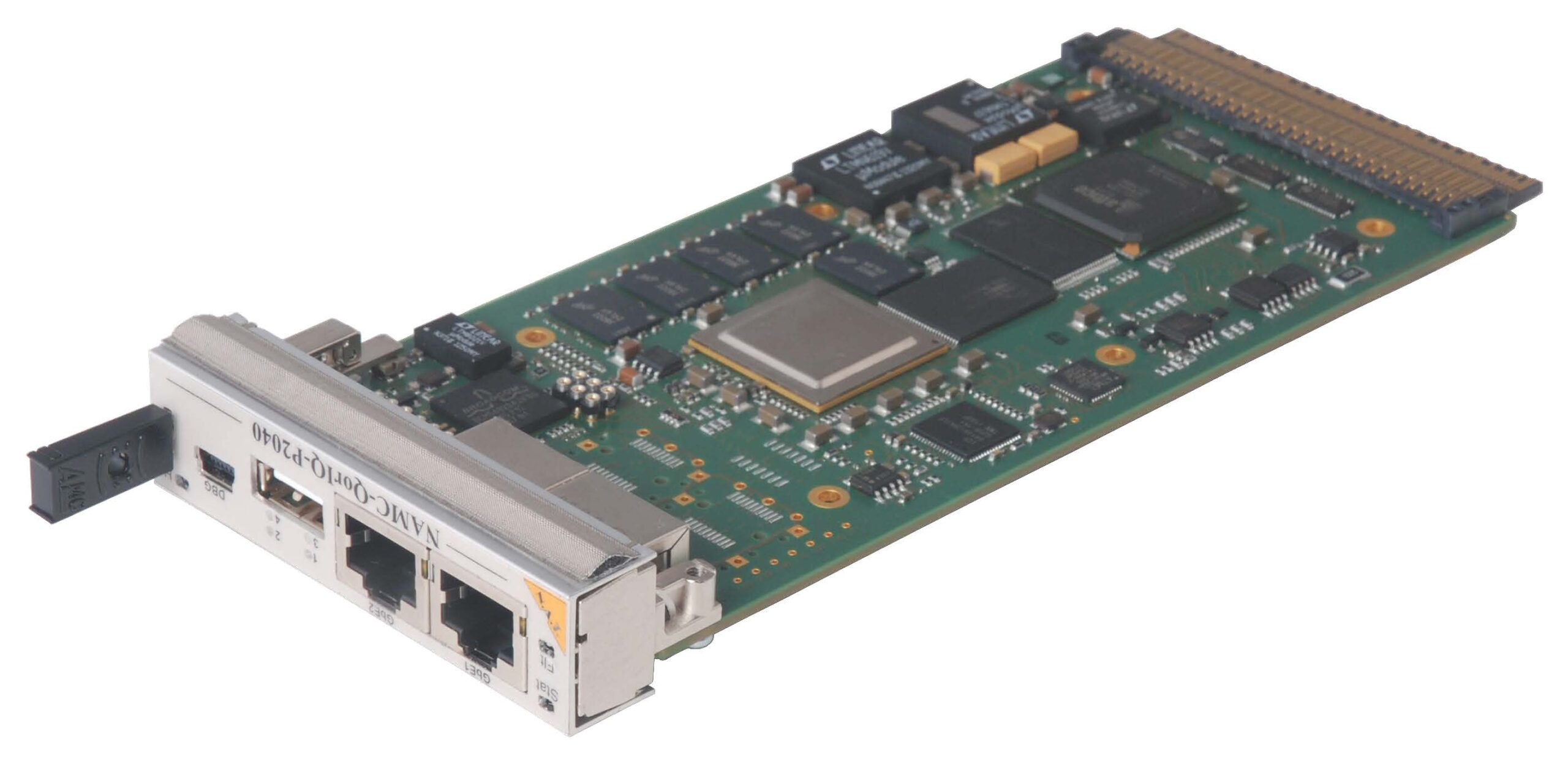
NAMC-QorIQ-P204x
- Freescale QorIQ P2040/P2041 quad-core packet processor
- Lattice ECP3-17 FPGA
- 2x GbE and USB/RS232 towards front panel
- 2x GbE, 2x SATA, combination of XAUI (P2041 only), SRIO, and PCIe Gen2 towards backplane
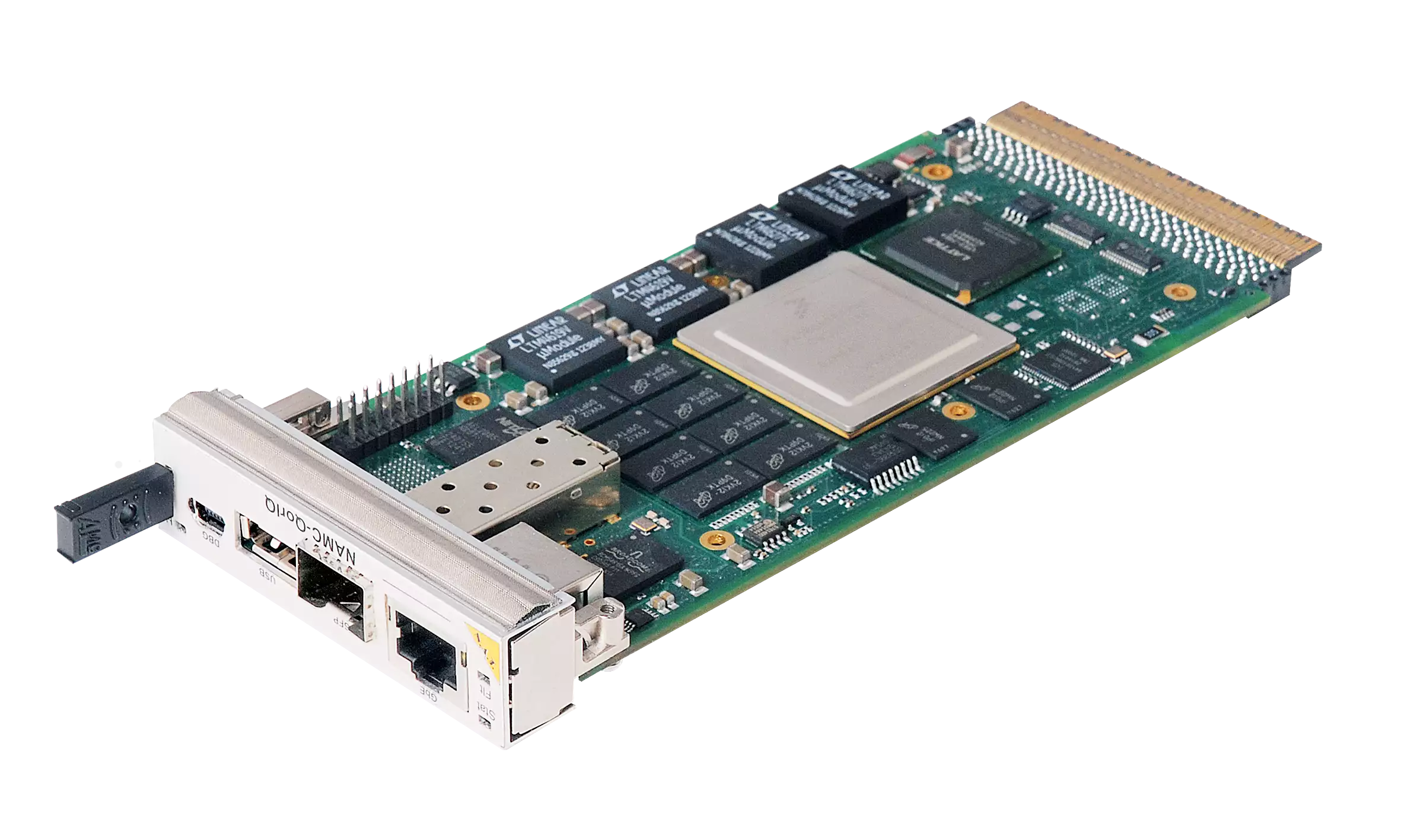
NAMC-QorIQ-P4080
- Freescale QorIQ P4080 eight-core packet processor
- Lattice ECP3-17 FPGA
- Real time clock for RTP/PTP support and PLL
- XAUI via SFP+, 2x GbE, and USB towards front panel
- 2x GbE, 2x SATA, combination of XAUI, SRIO, and PCIe Gen2 towards backplane
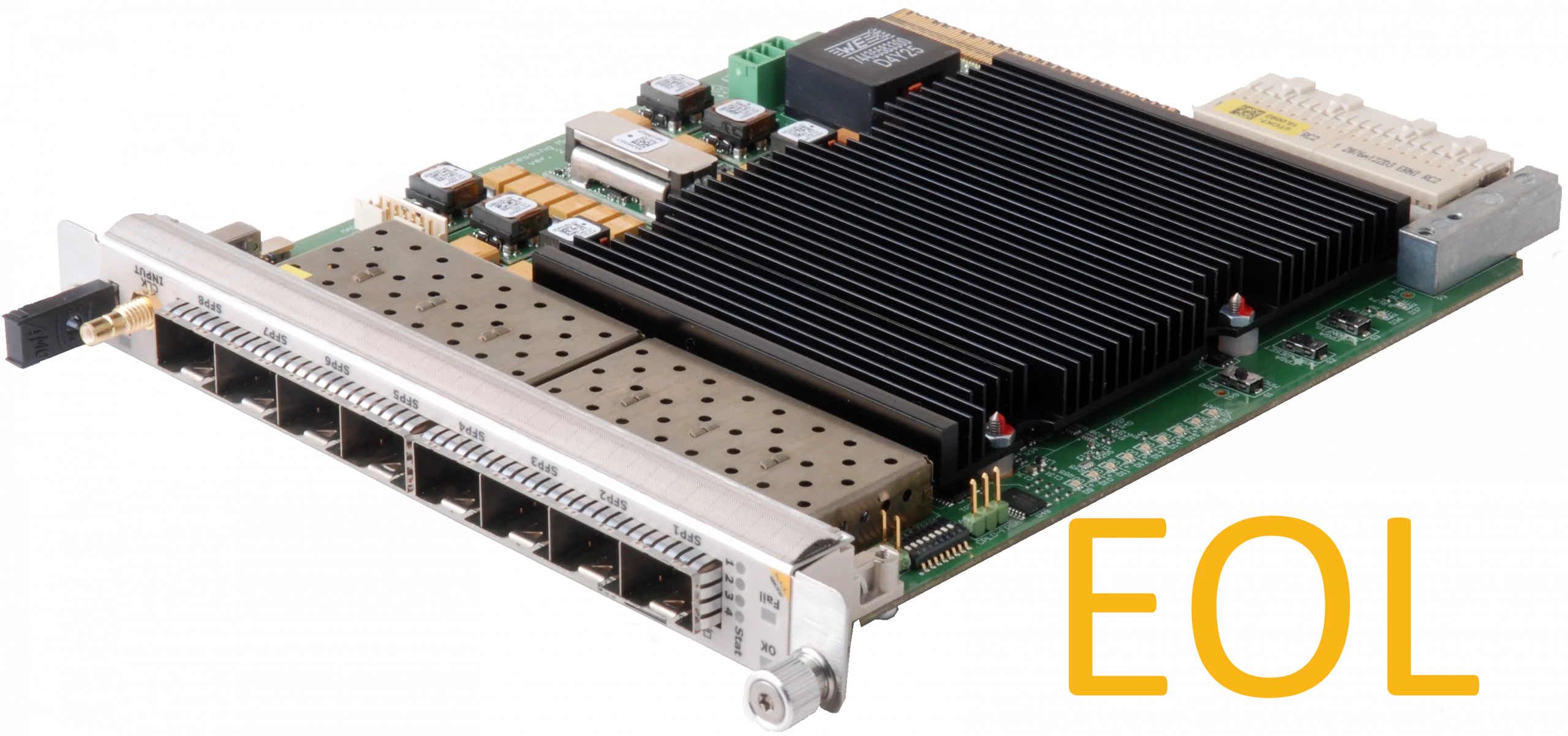
NAT-AMC-TCK7
- Xilinx Kintex-7 FPGA
- Xilinx Coolrunner-II CLPD
- 8x 10 Gbps SFP+ interfaces towards the front panel
- Low-latency communication links to backplane and to RTM
- Clock distribution circuit with a broad range of reference frequencies for high-speed serial interfaces
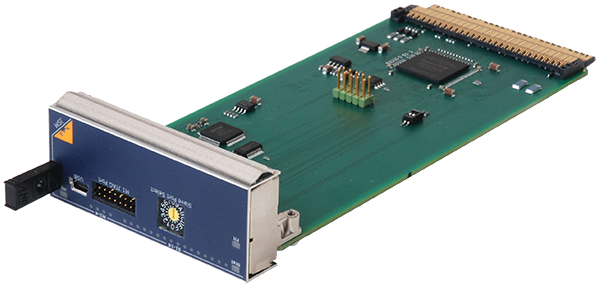
NAT-JSM
- Testing and diagnostic for MTCA systems
- Operation in AMC-, MCH-, or dedicated JSM-slot
- Configuration via web interface or front panel elements
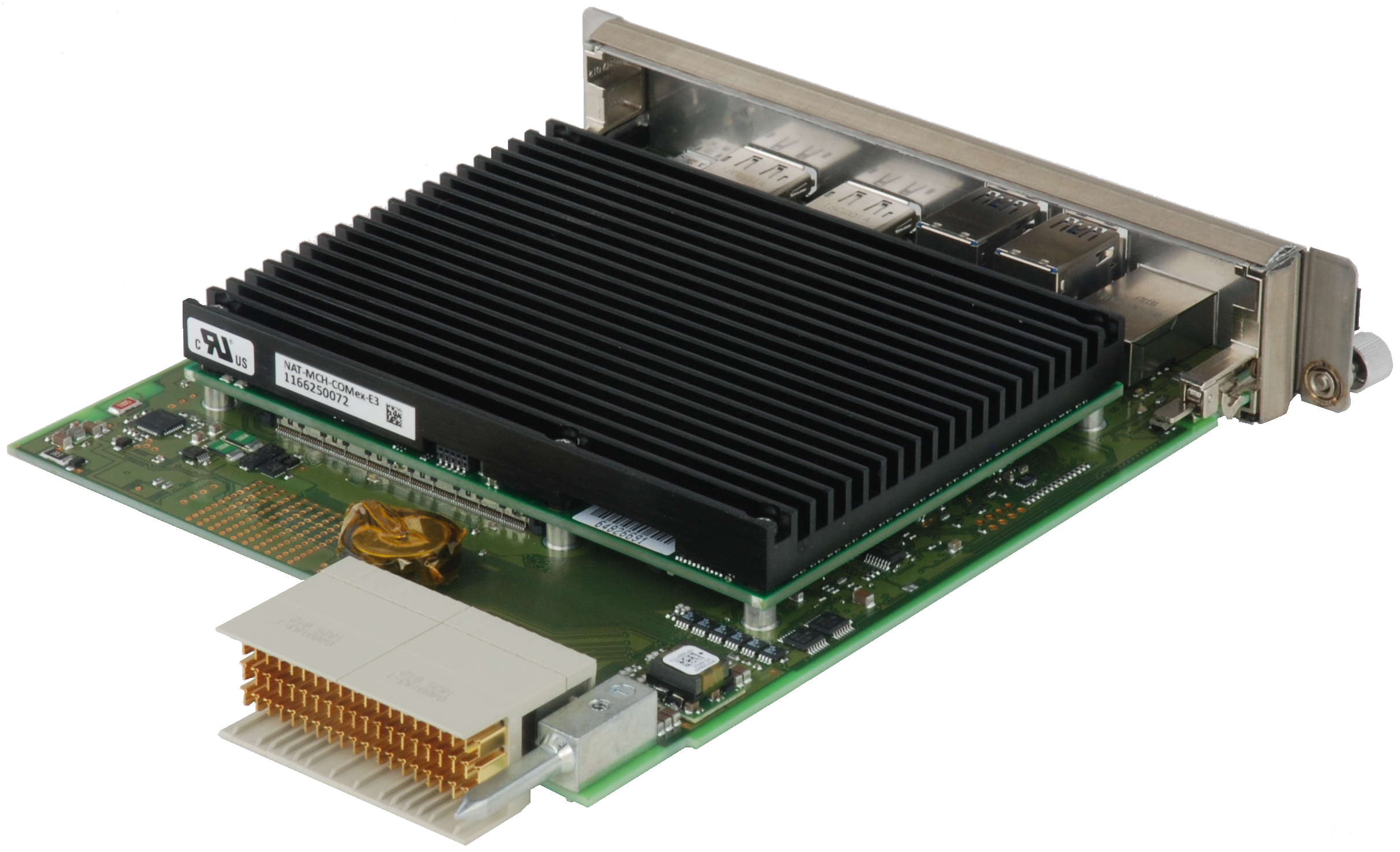
NAT-MCH-RTM
- COMExpress Carrier
- PCIe Gen3 x16 link to PCIe switch on NAT-MCH-PHYS80
- Support for various COMExpress Modules
- Backplane Manager and Zone2 Connector to LLRF Backplane (option)
- Managing eRTMs, µRTMs, and RPMs via LLRF (option)
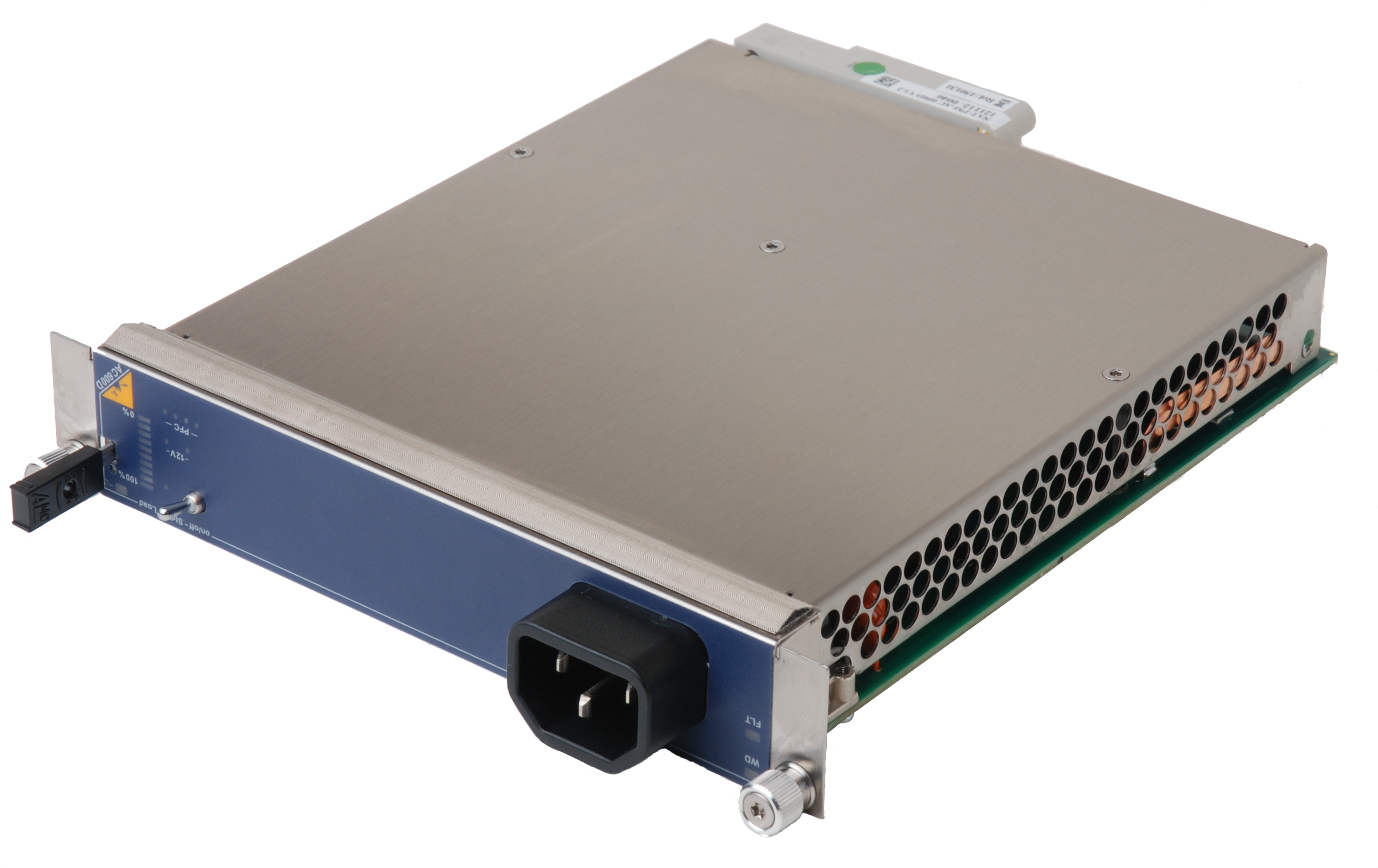
NAT-PM-AC600D
- Double-width, full-size form factor
- 110-265VAC input (auto range) with self-locking power cord
- 600W management and payload power for up to 12 AMCs, 2 CUs, and 2 MCHs
- 12V @ 6.6A max. (80W) / 3.3V @ 180mA max.
- Support of N+1 and 2+2 redundancy

NAT-SDR-FLEX-M
- 1x NATIVE-C1
- 1x NAT-MCH for system management and switching
- 1x NAT-PM-AC600
- 2x NAT-AMC-ZYNQUP-SDR8 incl. mini-coax-to-SMA adapter cable
- 1x PrAMC (Intel® Xeon® E3-1500 v5)
- 1x spare AMC slot for further system extension
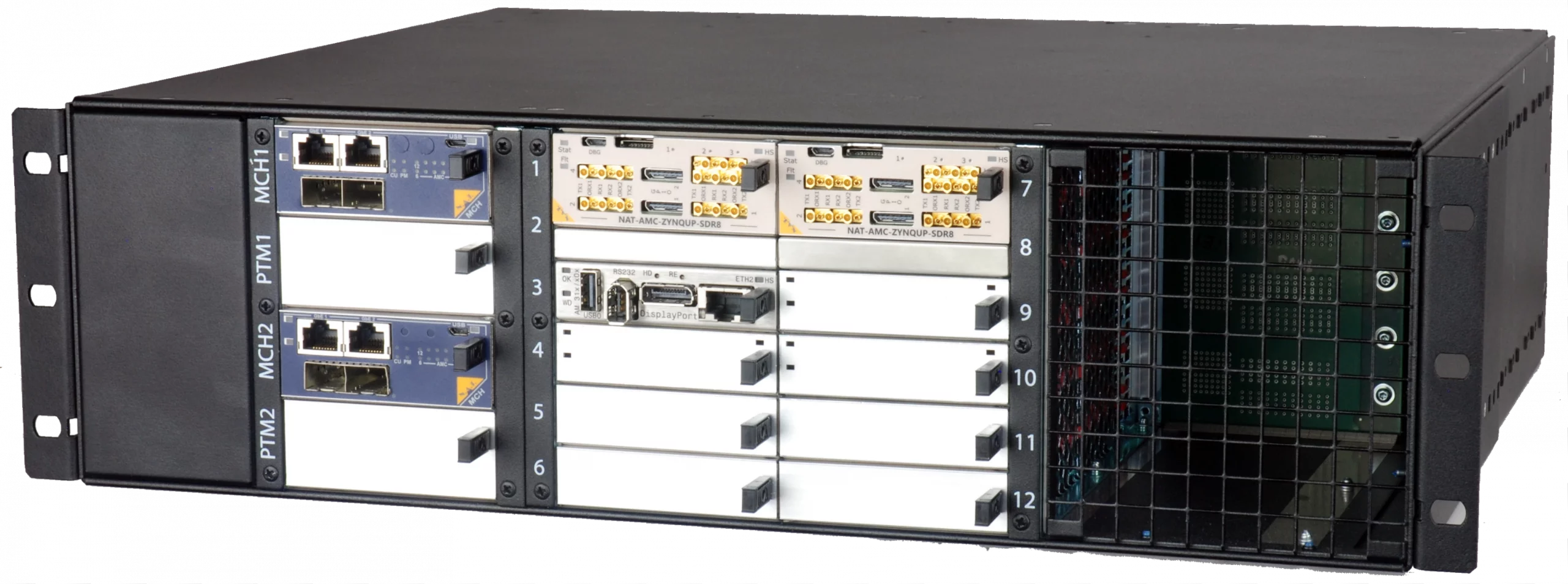
NAT-SDR-FLEX-L
- 1x NATIVE-C3-PTM
- 2x NAT-MCH for system management and switching
- 2x NAT-PM-AC600
- 2x NAT-AMC-ZYNQUP-SDR8 incl. mini-coax-to-SMA adapter cable
- 1x PrAMC (Intel® Xeon® E3-1500 v5)
- 7x spare AMC slots for further system extension + 2x spare slots each for PTMs and PMs

NAT-PM-AC1000
- Double-width, full-size form factor
- 110-265 VAC input (auto range) with self-locking power cord
- 1000W management and payload power for up to 12 AMCs, 2 CUs, and 2 MCHs
- 12V @ 6.6A max. (80W) / 3.3V @ 180mA max.
- Support of N+1 and 2+2 redundancy
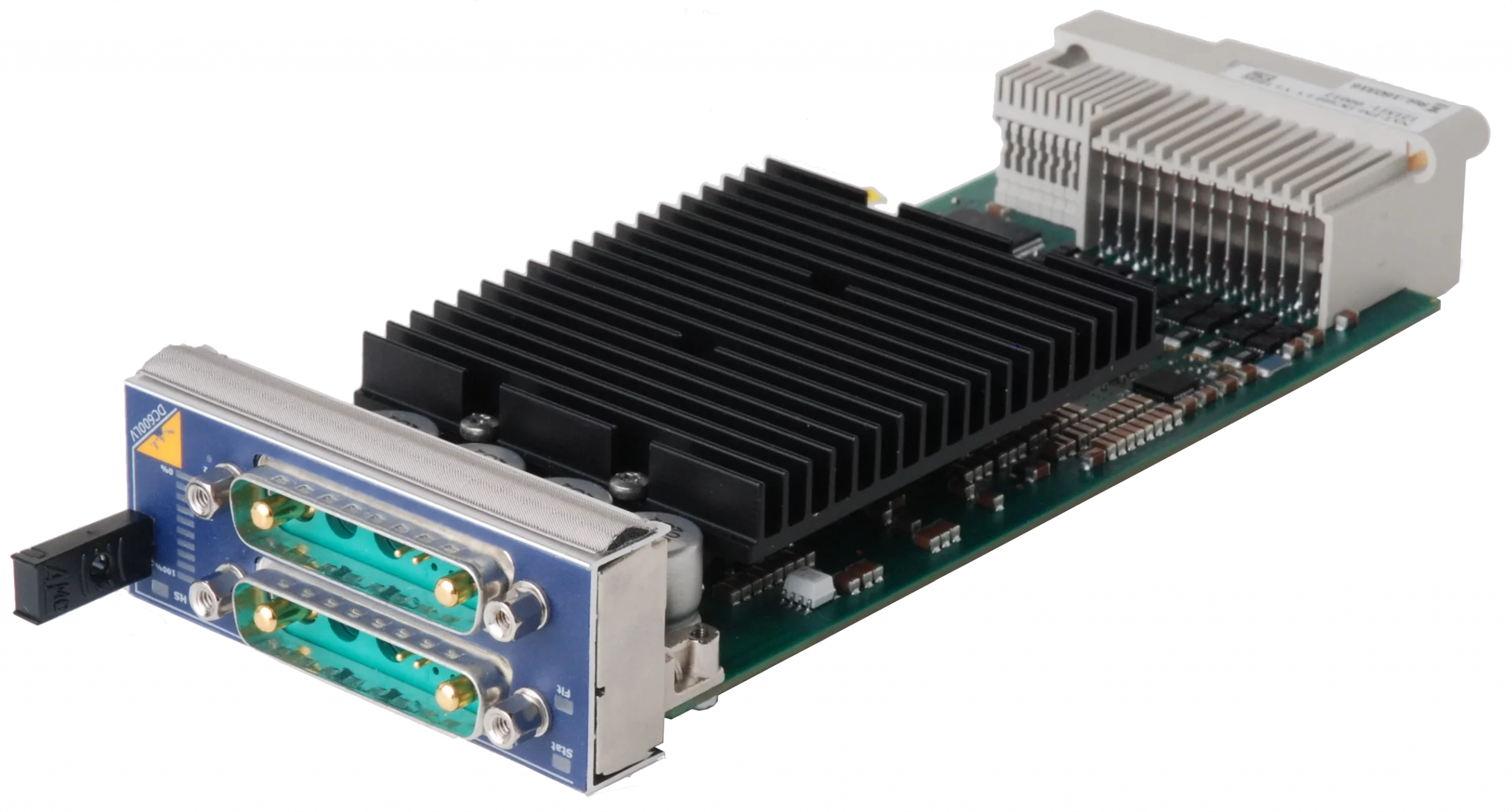
NAT-PM-DC600LV
- Single- or double-width, full-size form factor
- Dual 24VDC input
- 600W management and payload power for up to 12 AMCs, 2 CUs, and 2 MCHs
- 12V @ 6.6A max. (80W) / 3.3V @ 180mA max.
- Full redundancy

NATIVE-mini
- Form factor: 1U, compact size
- Embedded NAT-eMCH
- Embedded 150W Power Module
- 2 single mid- or full-size AMCs or 1 double mid- or full-size AMC

NATIVE-C1
- Form factor: 1U, 19”
- 1 single full-size NAT-MCH
- 1 single full-size NAT-PM
- 1 custom size NAT-JSM
- 6 single mid-size AMCs
- 40G Backplane
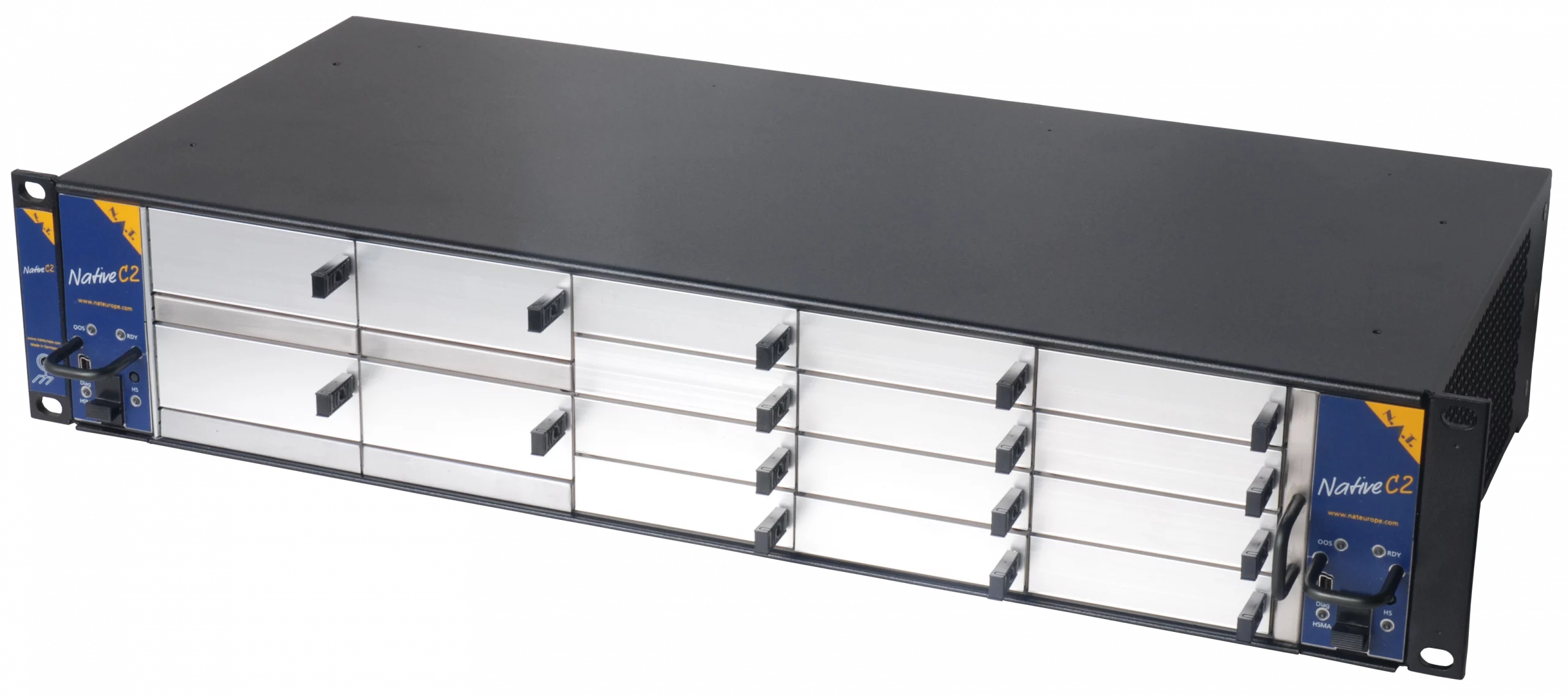
NATIVE-C2
- Form factor: 2U, 19”
- 2 single full-size NAT-MCH
- 2 single full-size NAT-PM
- 1 custom size NAT-JSM
- 12 single mid-size AMCs
- 40G Backplane
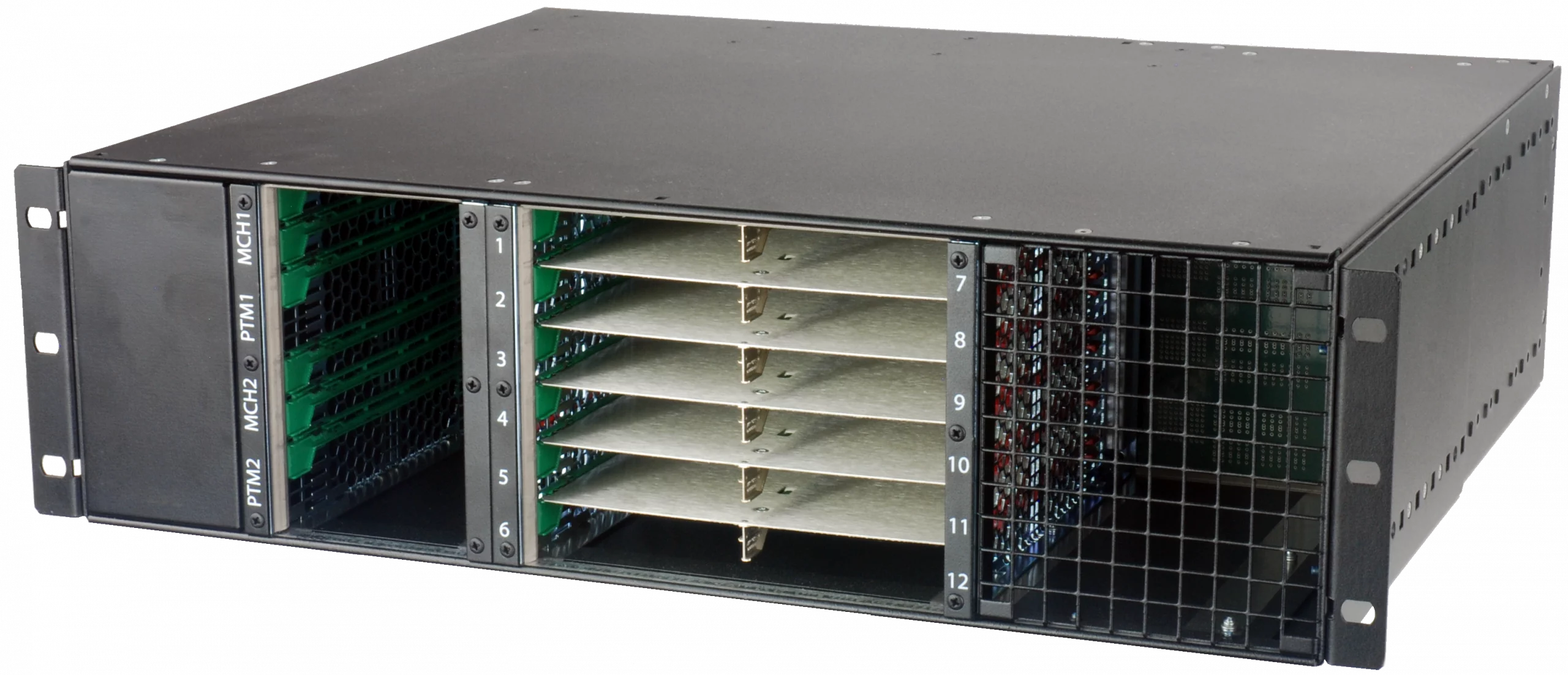
NATIVE-C3-PTM
- Form factor: 3U, 19”
- 2 single full-size NAT-MCH
- 4 single full-size NAT-PM
- 2 single full-size NAT-AMC-PTM
- 12 single mid-size AMCs or 6 double mid-size AMCs

NATIVE-R2
- Form factor: 2U, 19”
- 1 double full-size NAT-MCH with NAT-MCH-RTM
- 1 double full-size NAT-PM
- 1 single mid-size NAT-JSM
- 5 double mid-size + 1 double full-size AMCs
- 5 double mid-size µRTMs
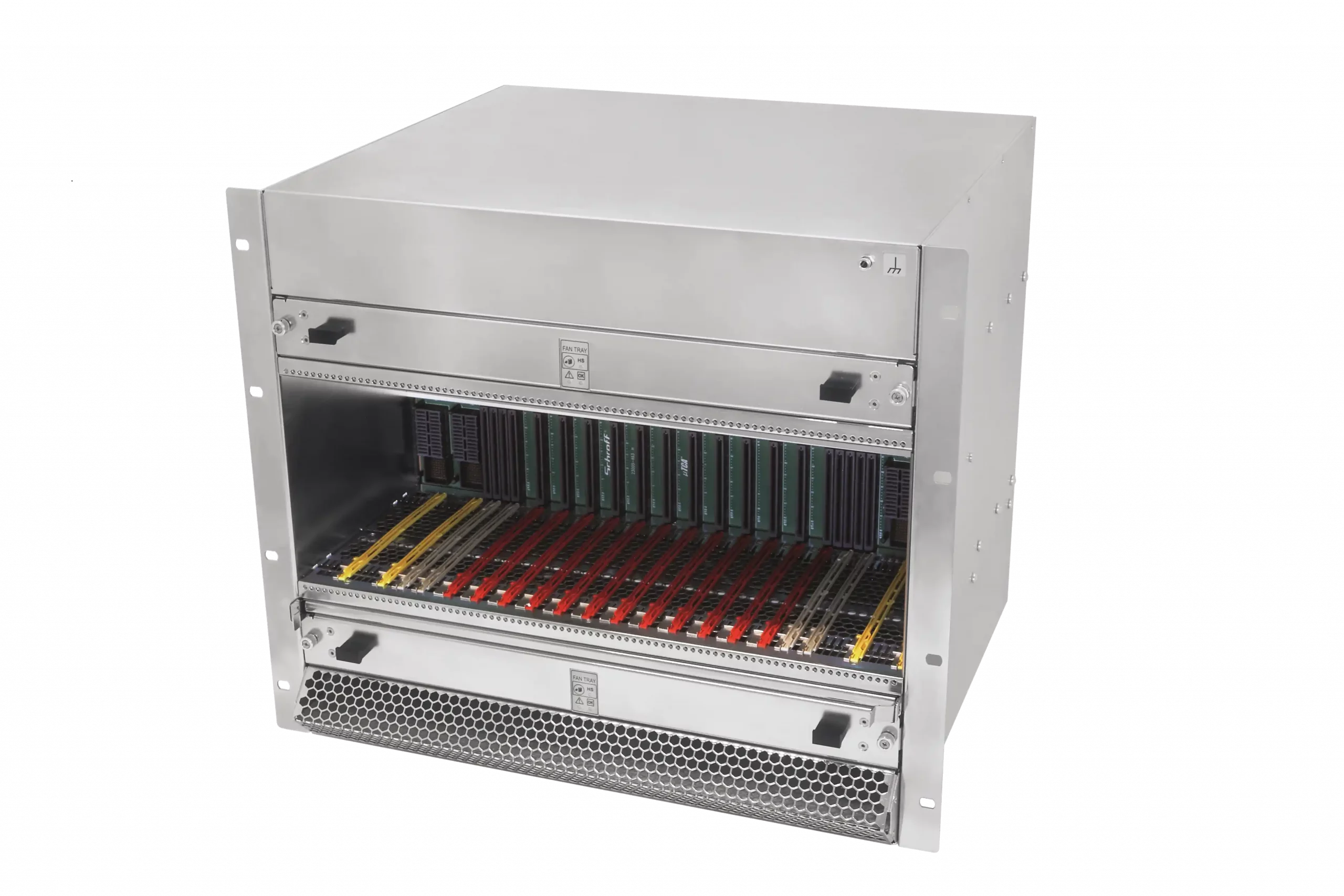
NATIVE-R9
- Form factor: 9U, 19”
- 2 double full-size NAT-MCH with 1 NAT-MCH-RTM
- 6 double full-size NAT-PM, two of them as RPM
- 1 single full-size NAT-JSM
- 12 double mid-size AMCs
- 12 double mid-size µRTMs
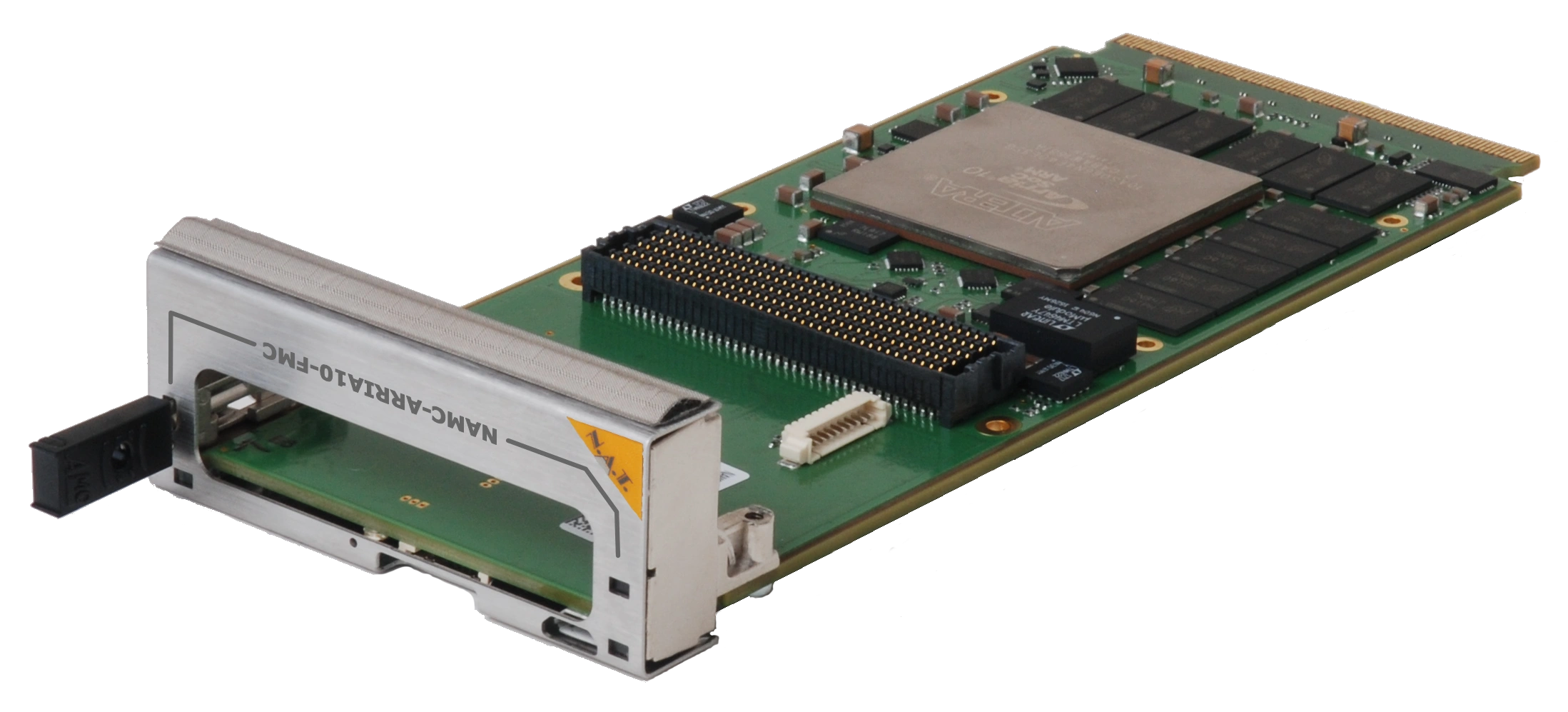
NAT-AMC-ARRIA10-FMC
- Choice of Intel ARRIA 10 GX or SX SoC
- Dual-core ARM Cortex A9
- Single High Pin Count FMC slot, VITA 57.1 compliant
- Access to FMC front panel interfaces
- Wide range of backplane interconnects
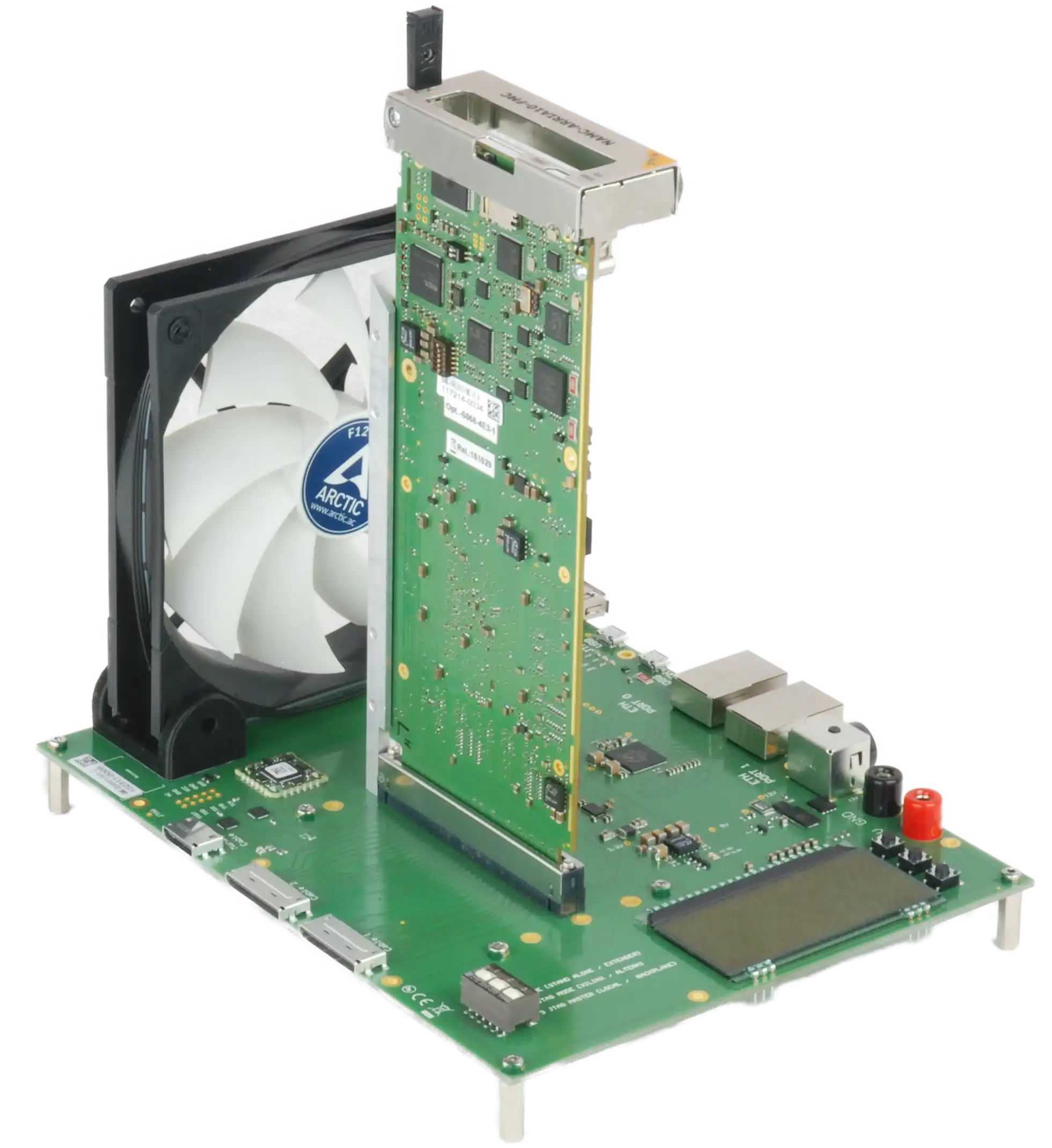
NAT-AMC-DISCOVERY
- NAT-eMCH included on Base PCB
- Support of single- and double-width AMCs in compact, mid-, and full-size form factor
- Operation in standalone mode
- Operation in different extender modes (MTCA / PCIe) – Extension Kits required
- Loopback Mode support
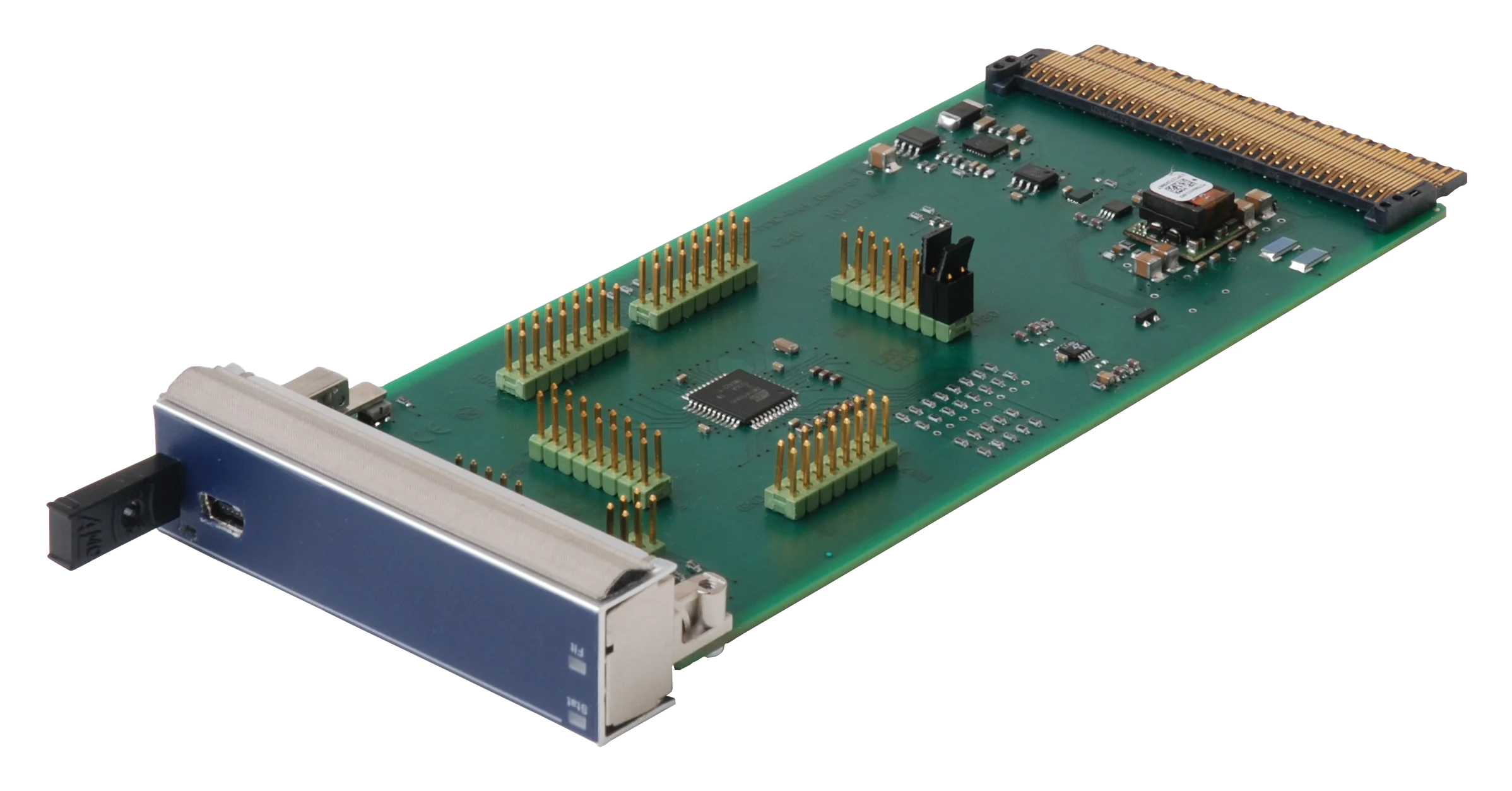
NAT-AMC-MMC-REF
- License for MMC firmware and reference schematics
- Optional Hardware Reference Platform
- Based on ATxmega microcontrollers from Atmel / Microchip
- Implements temperature, voltage, and hot-swap sensors
- Written in “C” programming language for easy compilation with Atmel / Microchip tool chain
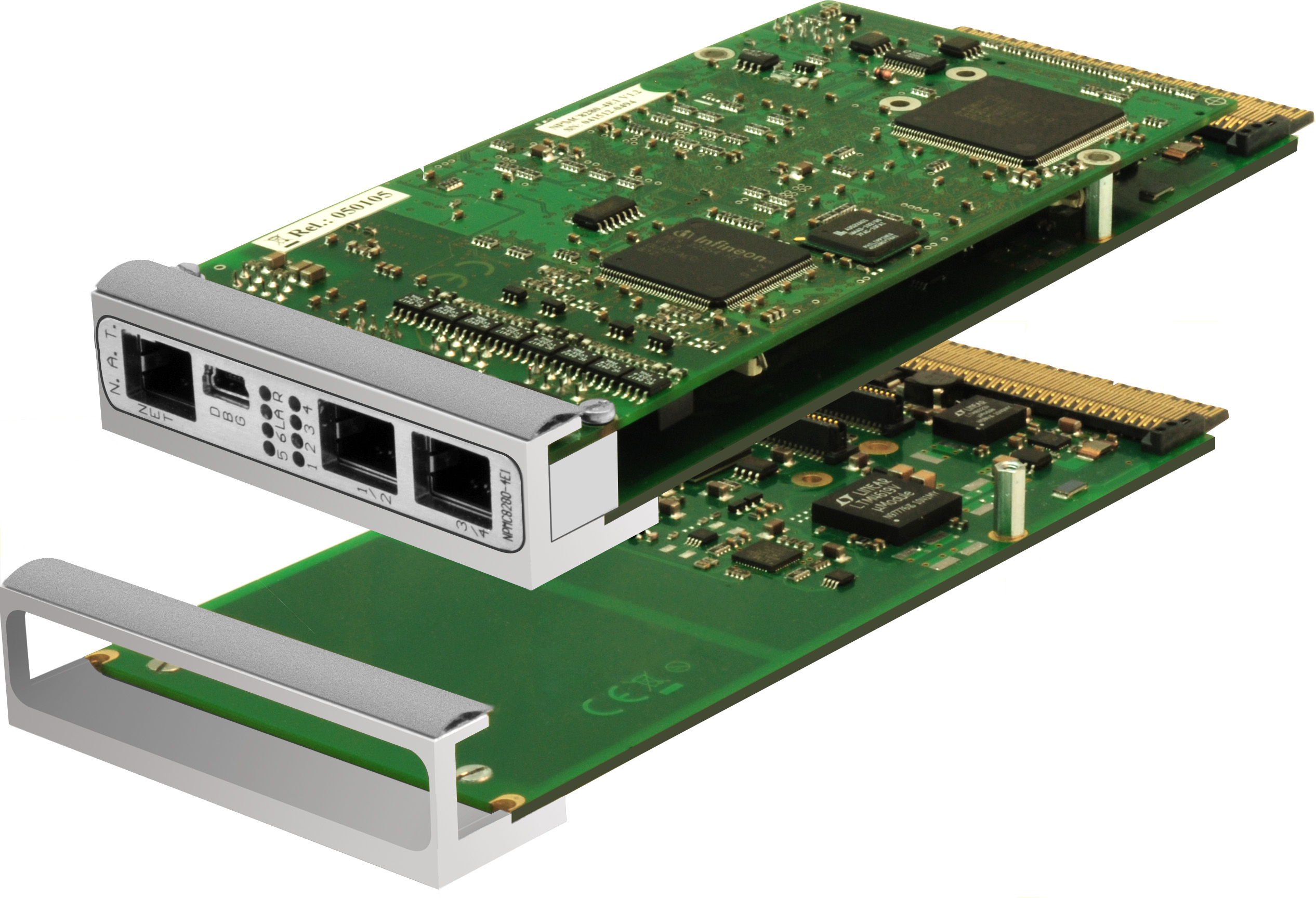
NAT-AMC-PMC
- Atmel AVR1284P Microncontroller
- PLX PEX8112 PCIe-to-PCI bridge for connection between AMC and PMC
- 1x PCIe towards backplane
- Selectable PCIe reference clock via AMC FCLKA or local oscillator
- Compatible to a rich variety of available PMC modules
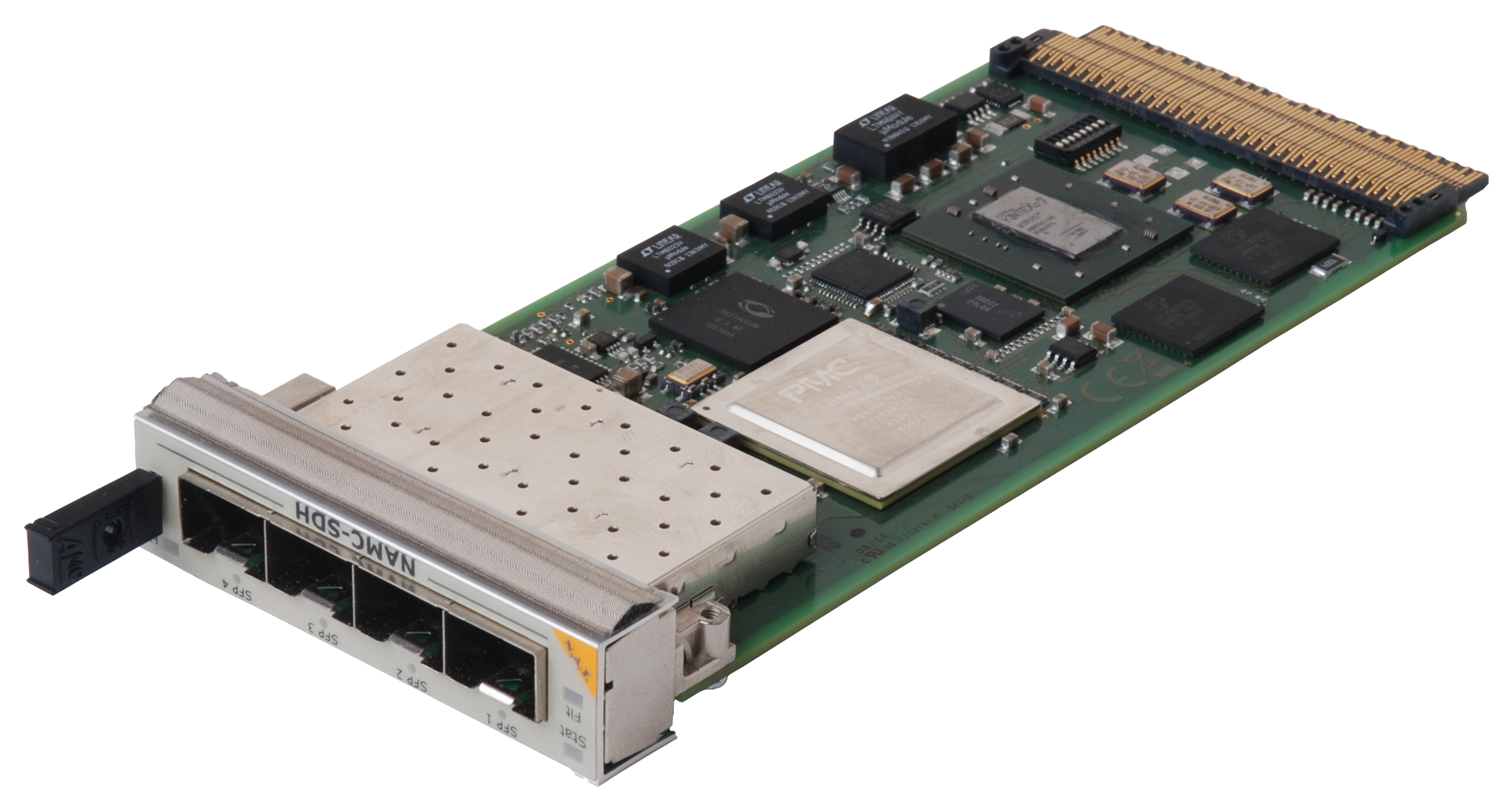
NAT-AMC-SDH
- Xilinx Kintex-7 FPGA with optional interfaces, e.g. SDH, TSI, iTDM, HDLC, etc.
- Add/Drop Multiplexer PMC TEMUX336
- Four SFP connectors for 4x OC-3/STM-1 or 2x OC-12/STM-4 SFP transceivers towards front panel
- 4x GbE, XAUI or SRIO (optional), ESSI towards backplane
- iTDM via Gigabit Ethernet
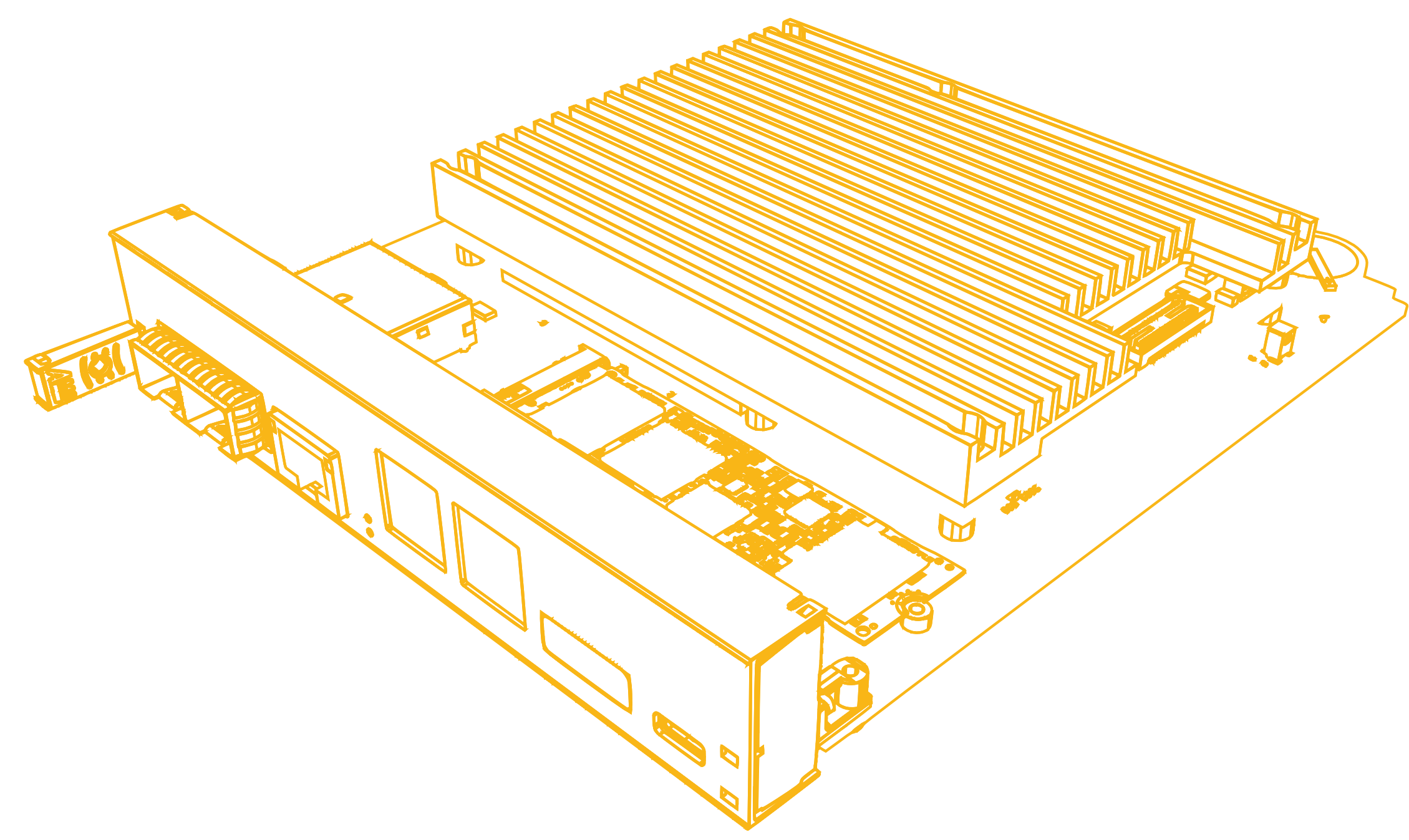
NAT-AMC-COMex
- Supports Type 6 and Type 7 COMex modules
- M.2 PCIe x4 Interface for storage
- Onboard Intel i350 Ethernet Controller with multiple interfaces
- 1G (COMex Type 6) or 1G/10G (COMex Type 7) towards front panel (via SFP) and backplane
- Graphical interface via DDI at the front panel (COMex Type 6 only)

NAT-AMC-ZYNQUP-ECAT
- Xilinx ZynqUP MPSoC with integrated ARM Cortex-A53/-R5 cores and programmable logic
- Scalable number of EtherCAT slaves in MTCA
- 1x SFP as GPIO of FPGA (LVDS or single-ended I/O) at front panel
- 8x 100Mbit Ethernet via RJ45 to EtherCAT network at front panel
- GbE, PCIe x1, and TCLKA-D towards the backplane
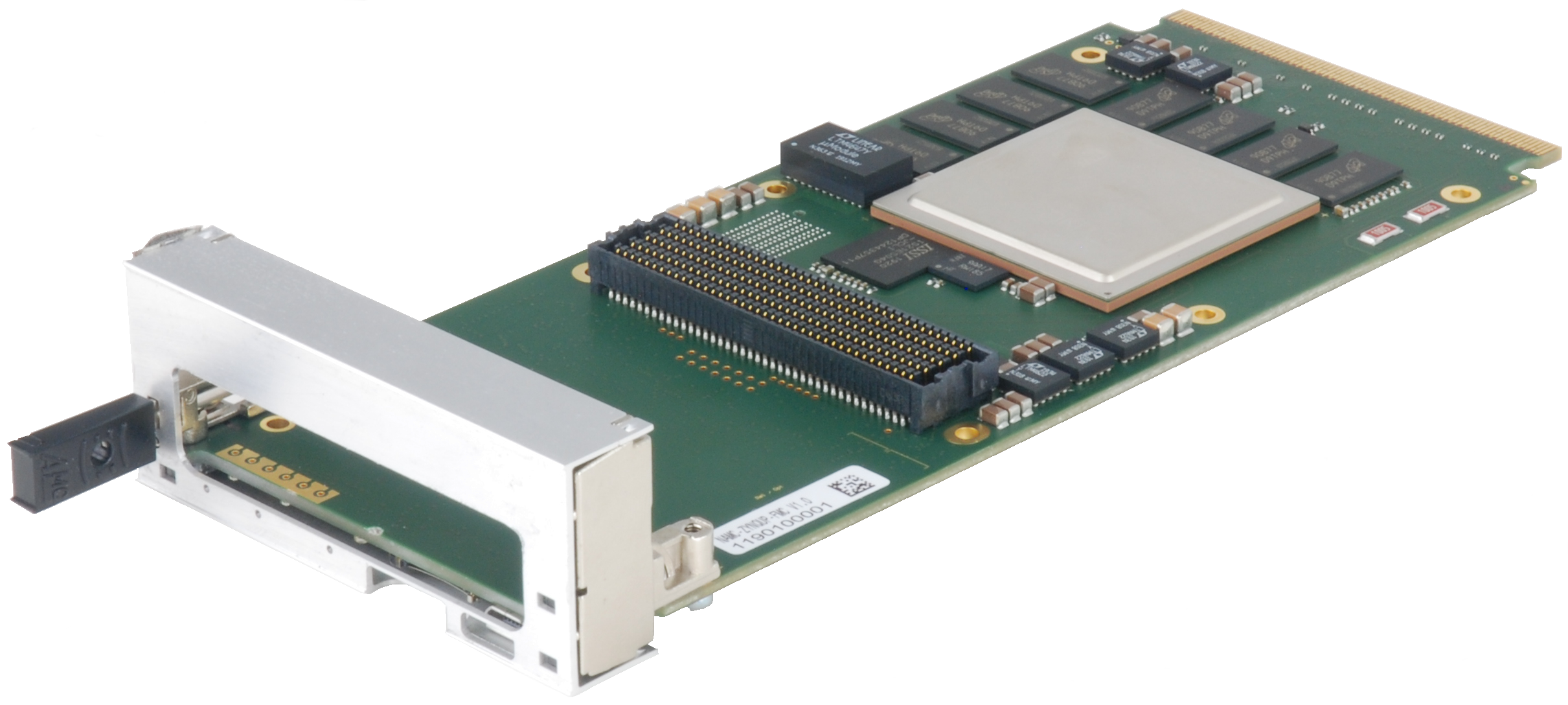
NAT-AMC-ZYNQUP-FMC
- Quad-core ARM Cortex-A53 (application processing unit)
- Dual-core ARM Cortex-R5 (real-time processing unit)
- Single High Pin Count FMC slot, VITA 57.1 compliant
- Access to FMC front panel interfaces
- Wide range of backplane interconnects
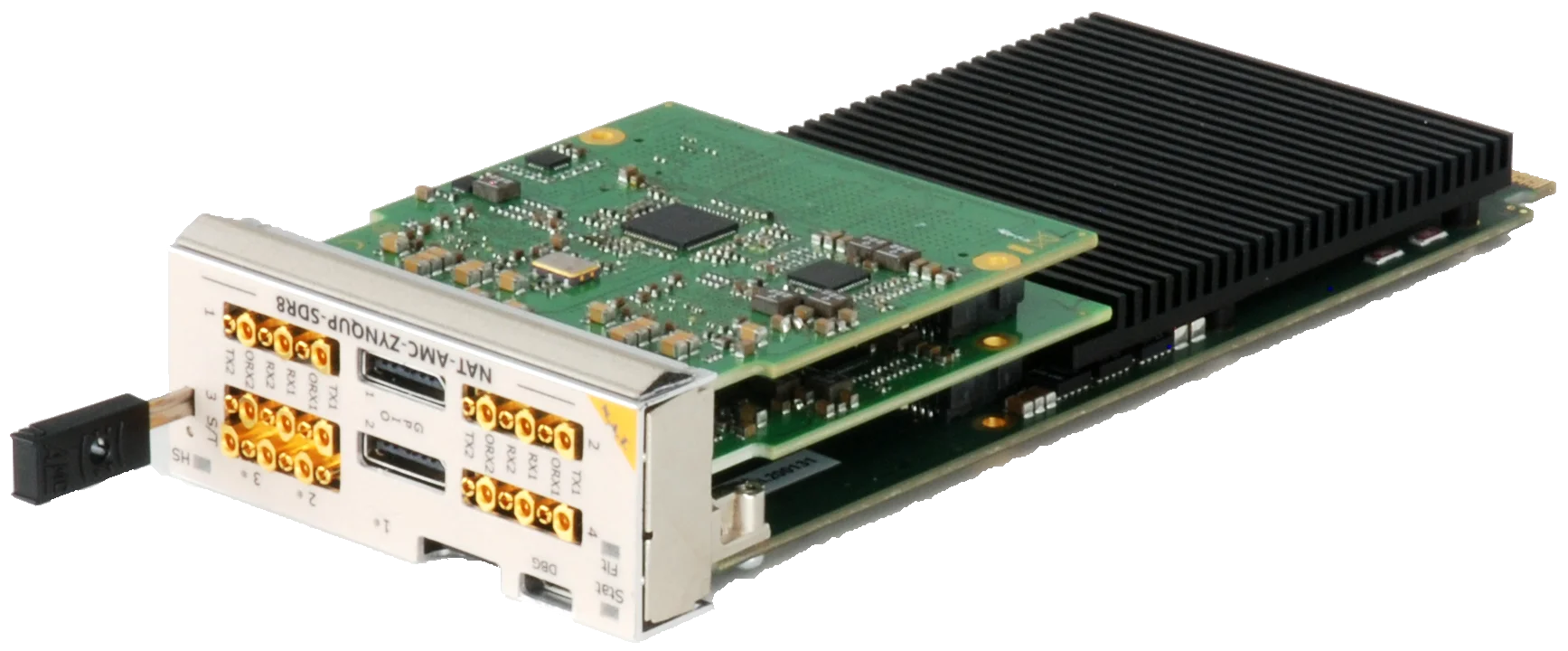
NAT-AMC-ZYNQUP-SDR
- Combination of NAT-AMC-ZYNQUP-FMC carrier and 1x or 2x
- NAT-FMC-SDR
- mezzanines
- Up to 4x Analog Devices ADRV9009 dual RF transmitters, receivers, and observation receivers
- Xilinx ZynqUP+ FPGA SoC with quad-core ARM Cortex-53 and dual-core Cortex-R5
- Various customizable memory options and numerous interfaces towards front panel and backplane
- Development platform in ready-to-deploy package with optional housing
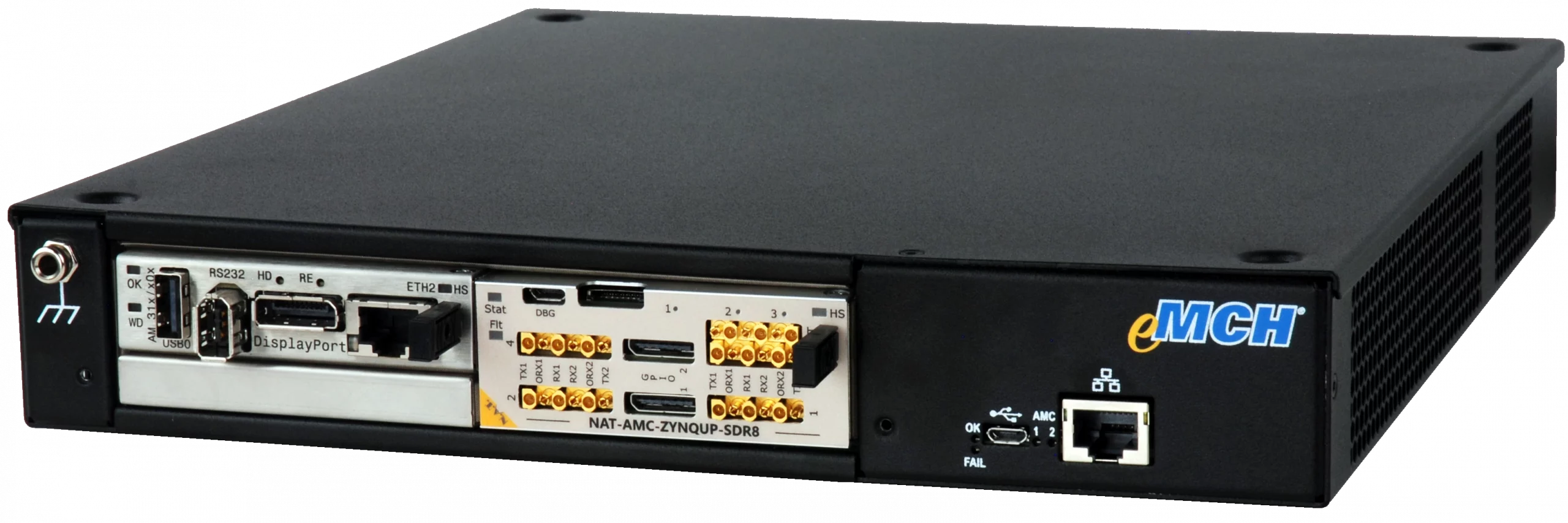
NAT-SDR-FLEX-S
- 1x NATIVE-mini incl. 150WAC open frame PM and NAT-eMCH
- 1x NAT-AMC-ZYNQUP-SDR8 incl. mini-coax-to-SMA adapter cable
- 1x PrAMC (Intel® Xeon® E3-1500 v5)

NAT-AMC-LX2
- 16 ARM A72 cores with superior power efficiency
- Ethernet processing special hardware, multiple PCIe-x4 and 40G/100G Ethernet via Fat Pipe
- Up to 64GB DRAM
- SSD onboard option via PCIe-x4 or SATA
- Various front panel interface options by QSFP transceiver slot

NATview
- Graphical representation of and access to an MTCA-System
- Scanning, monitoring, and changing various resources
- Platform independent
- Free basic version and four licensed versions
- Adaption to customer’s hardware